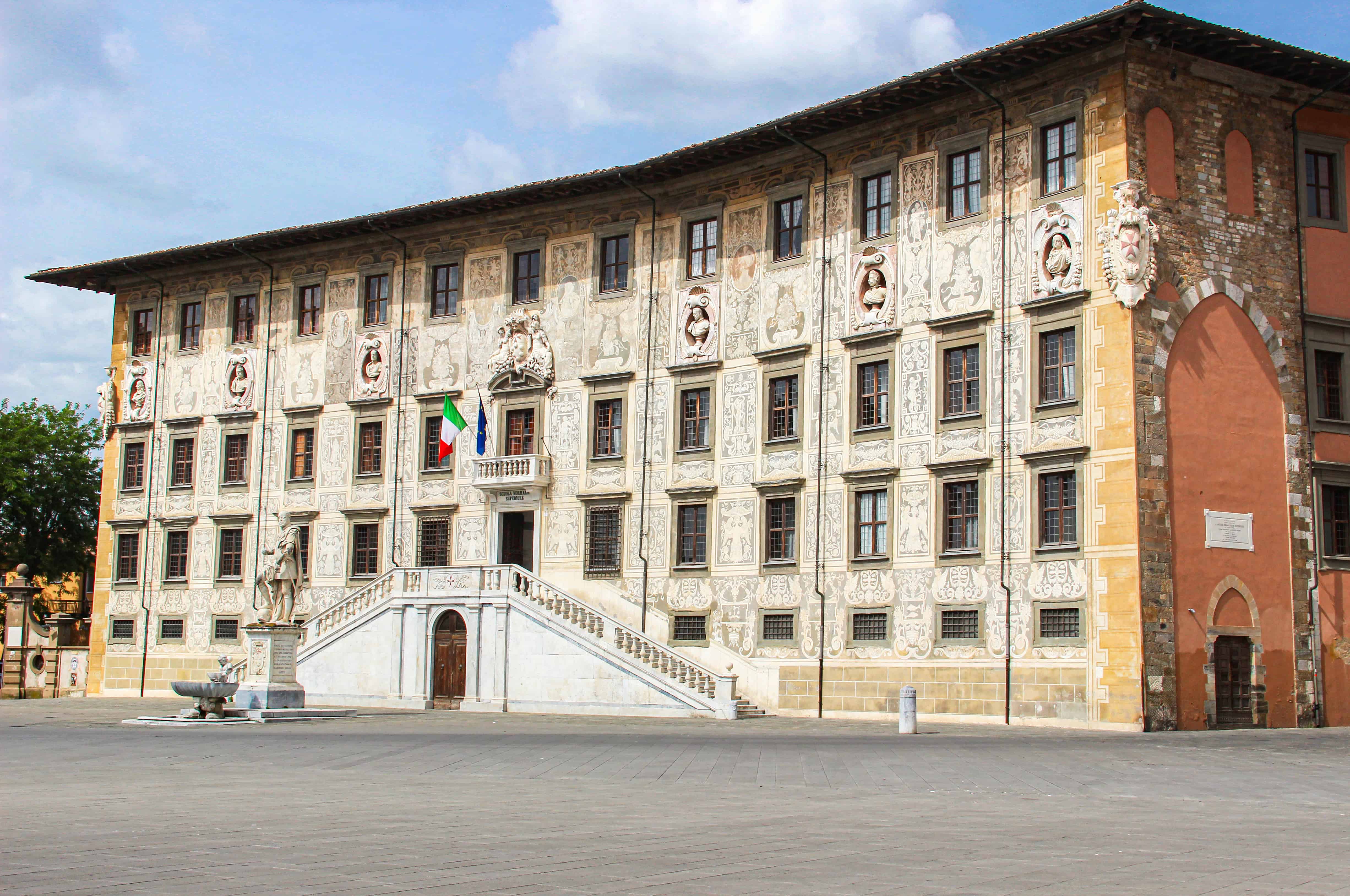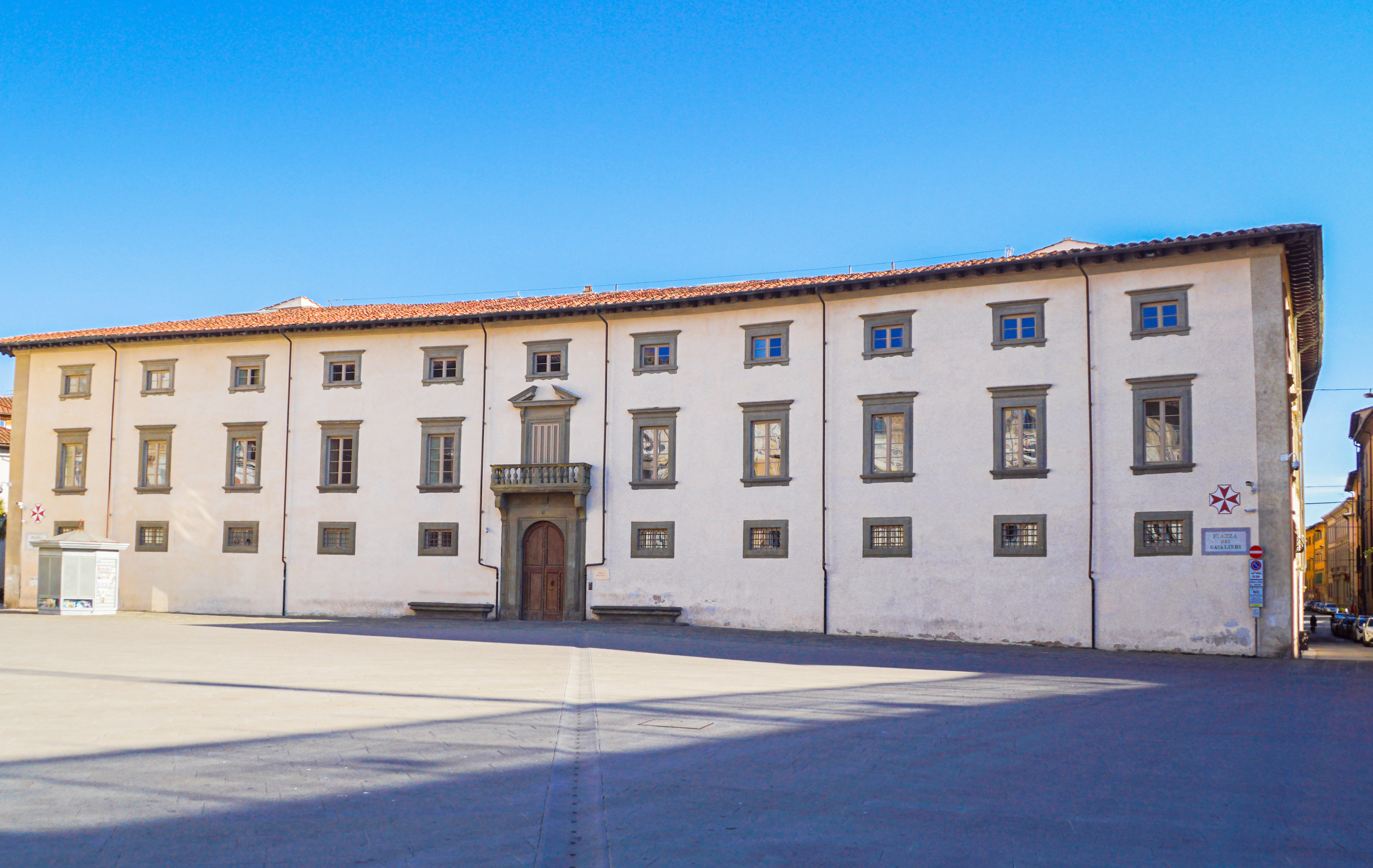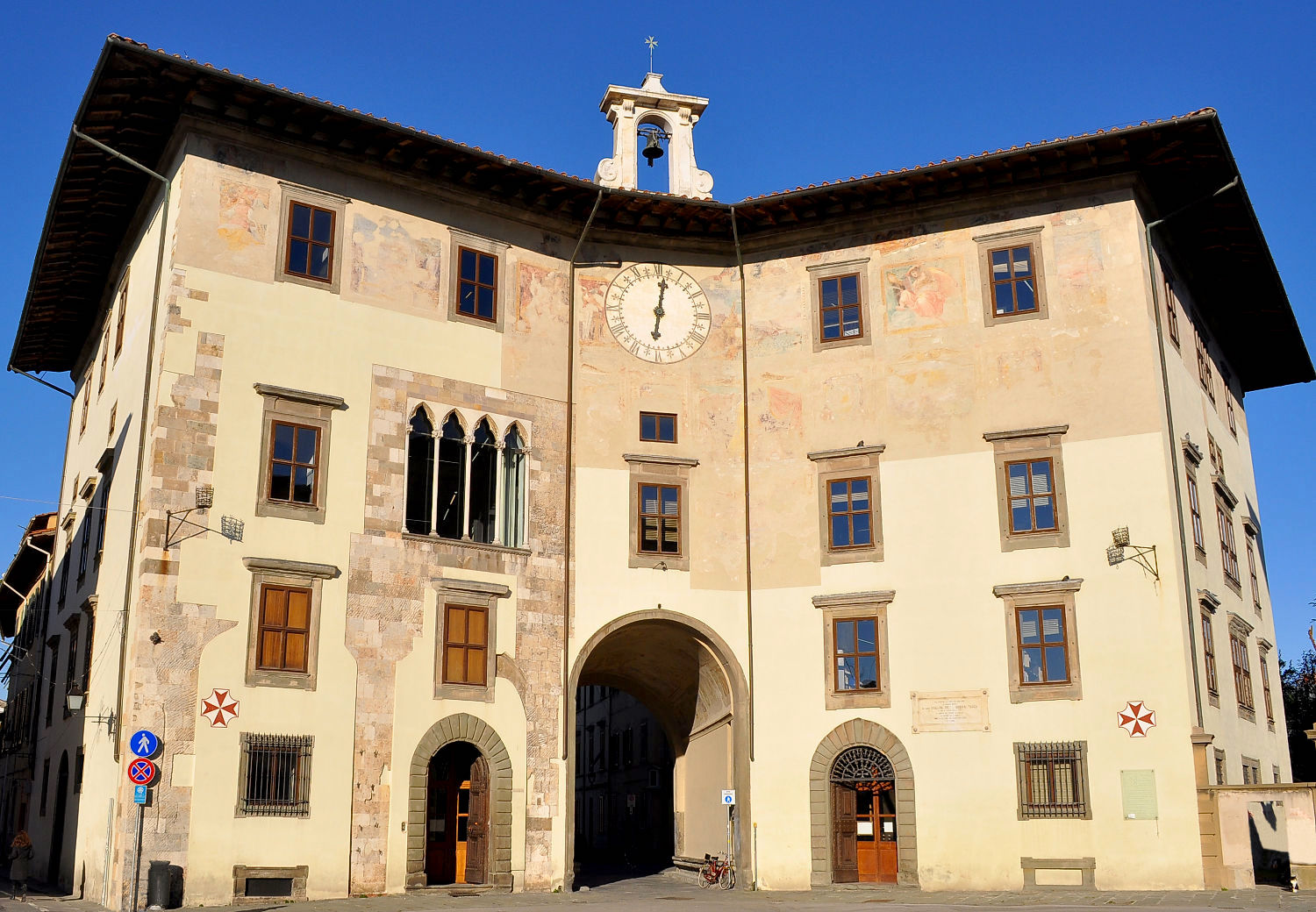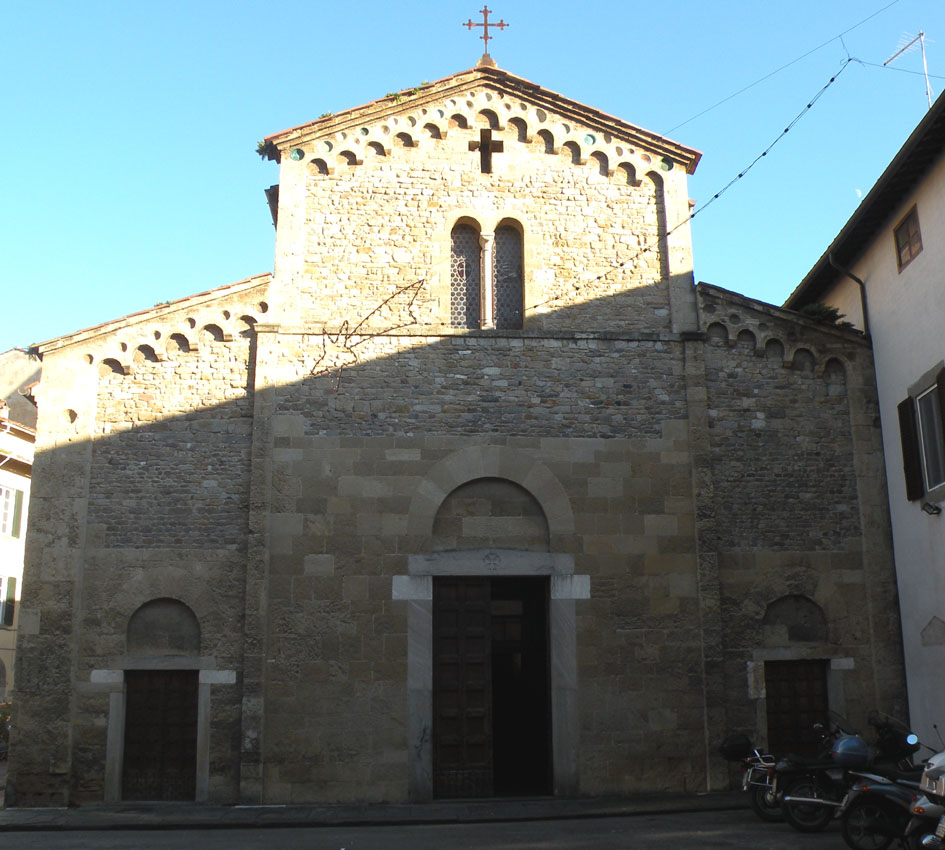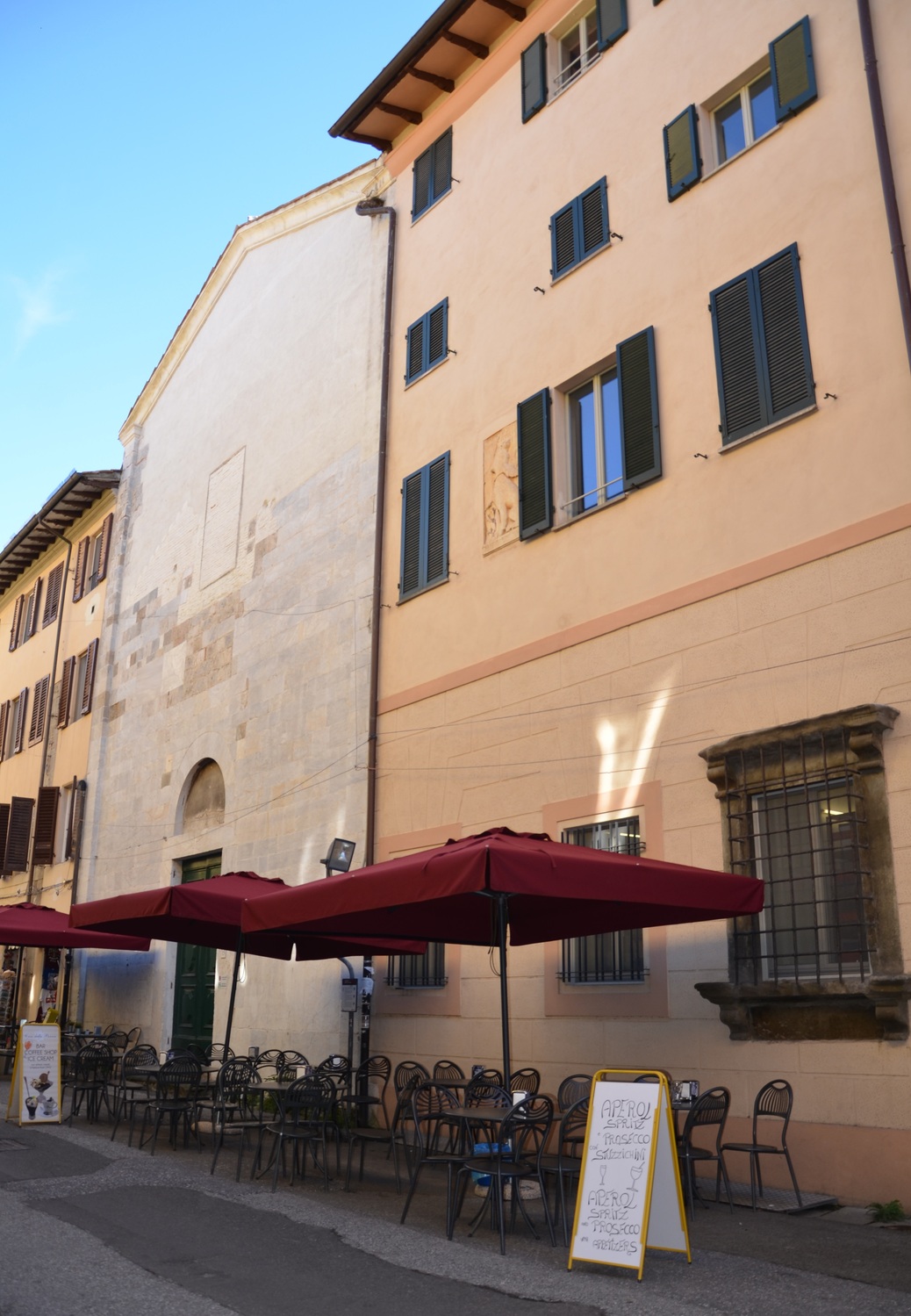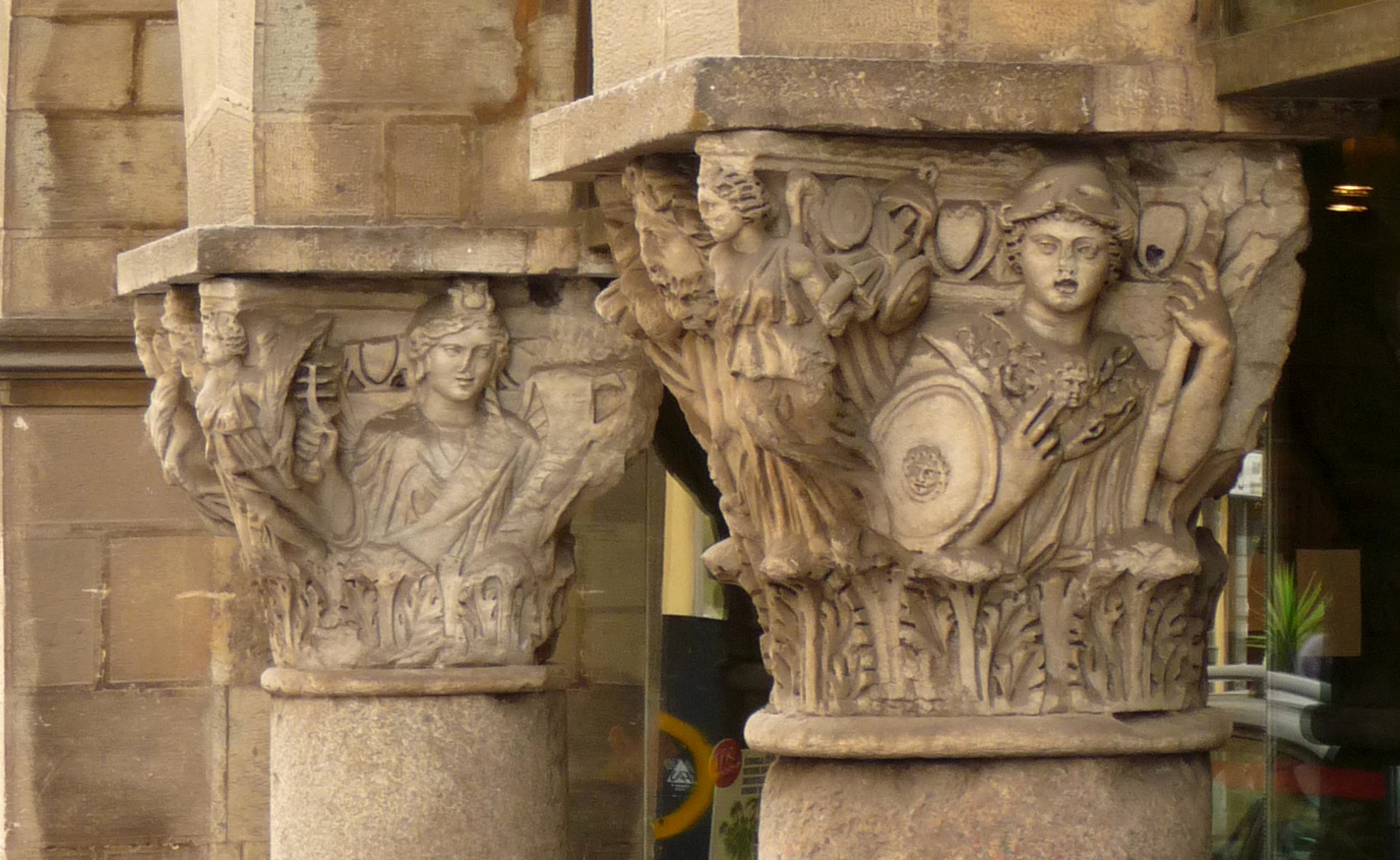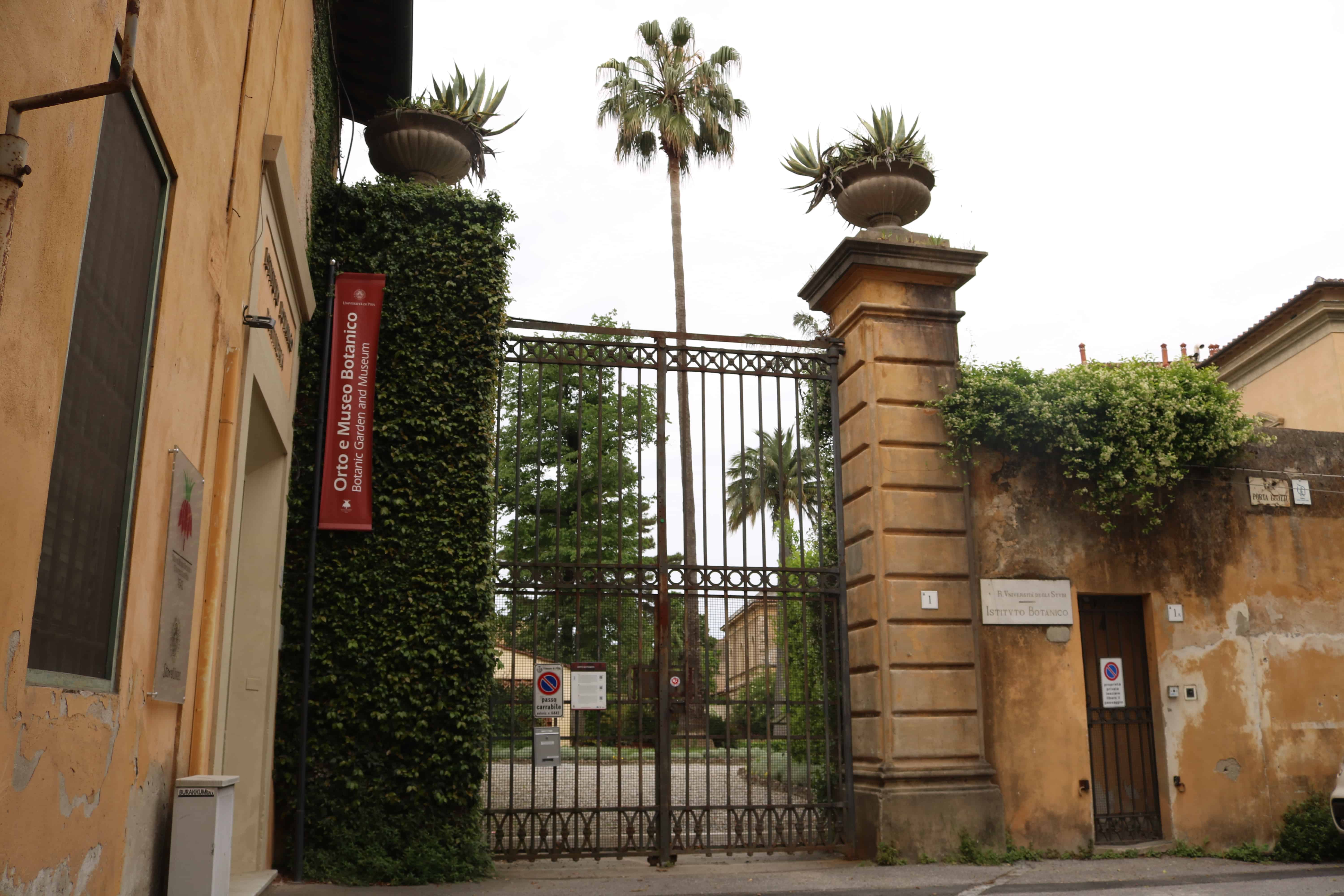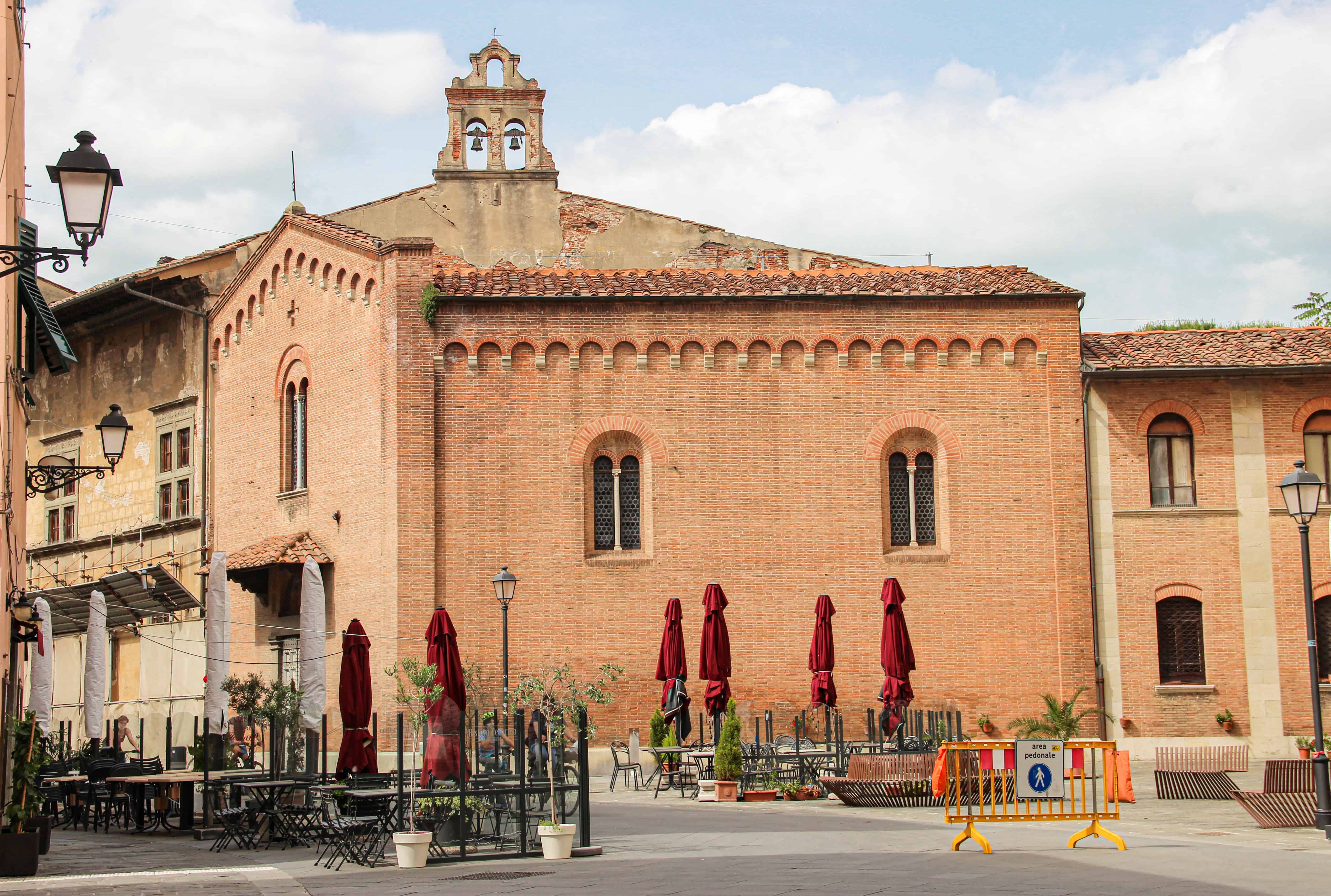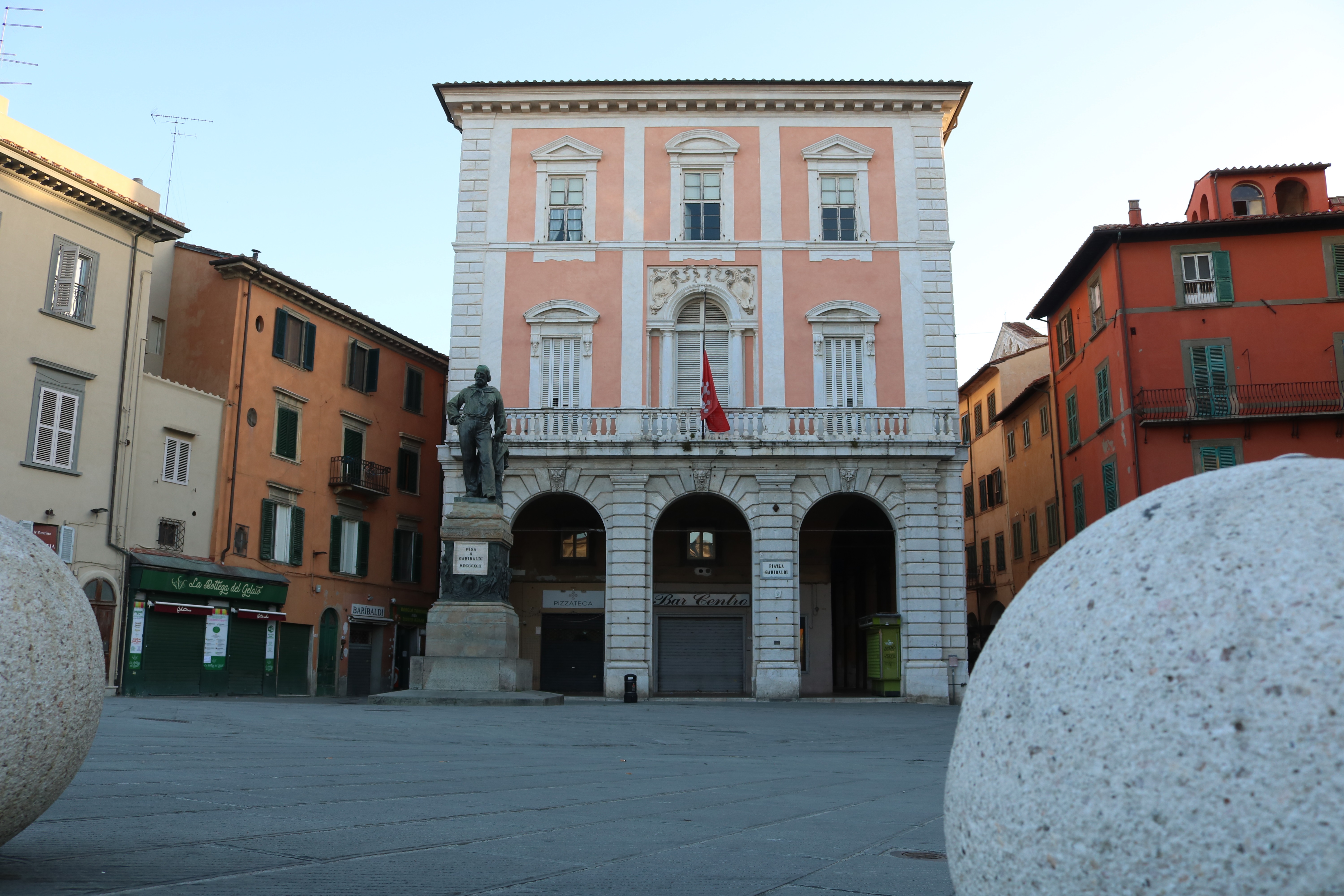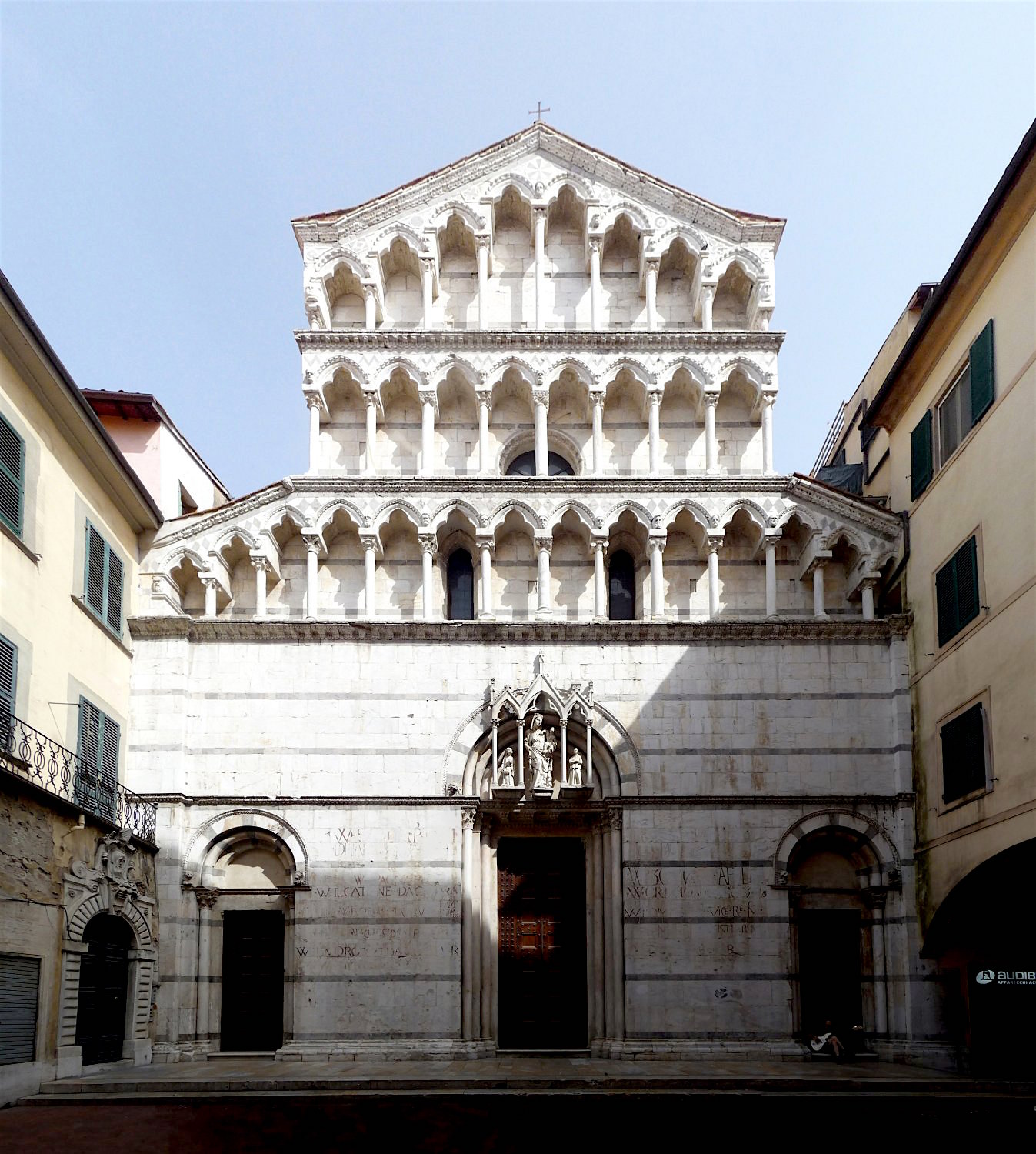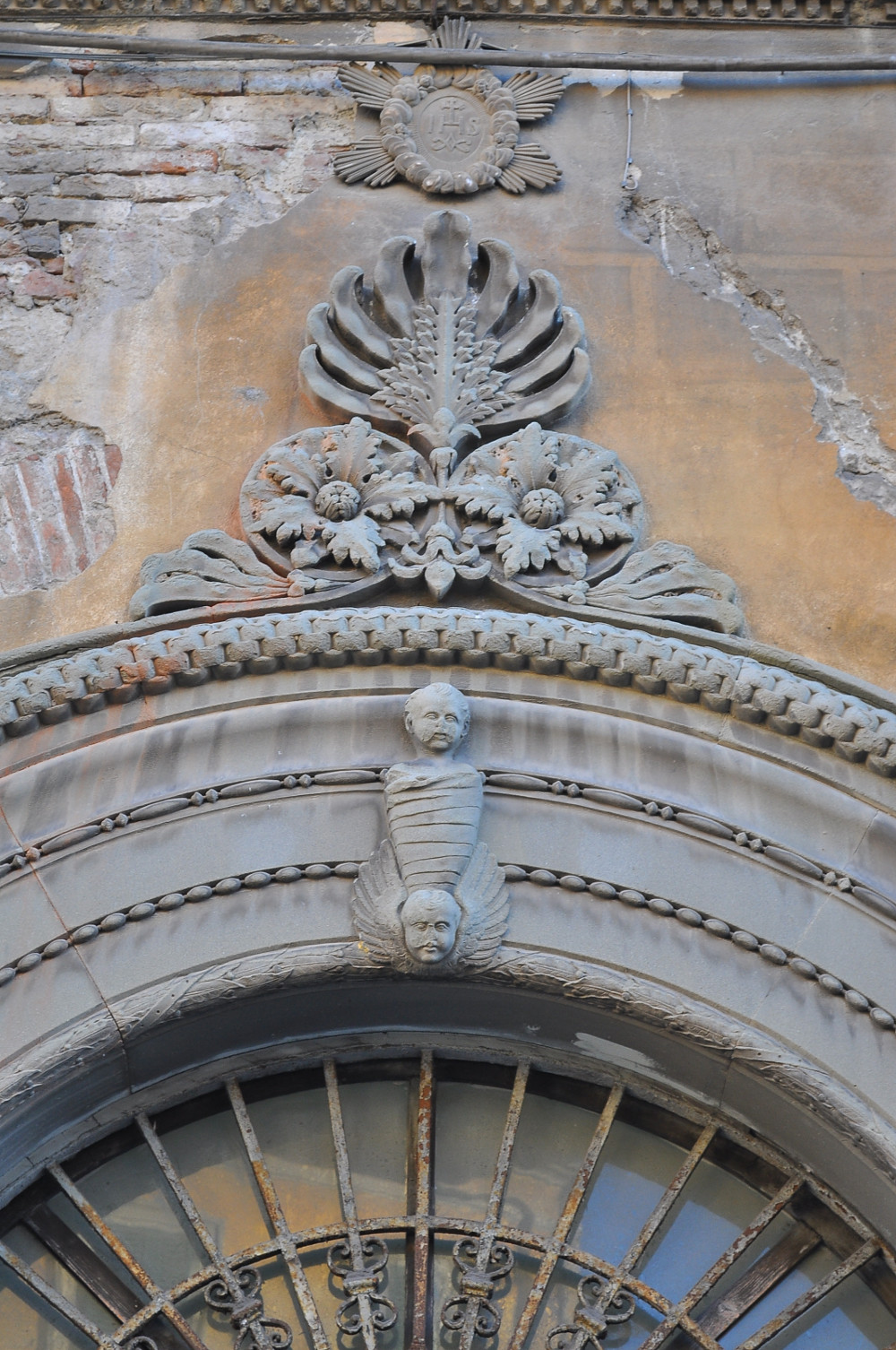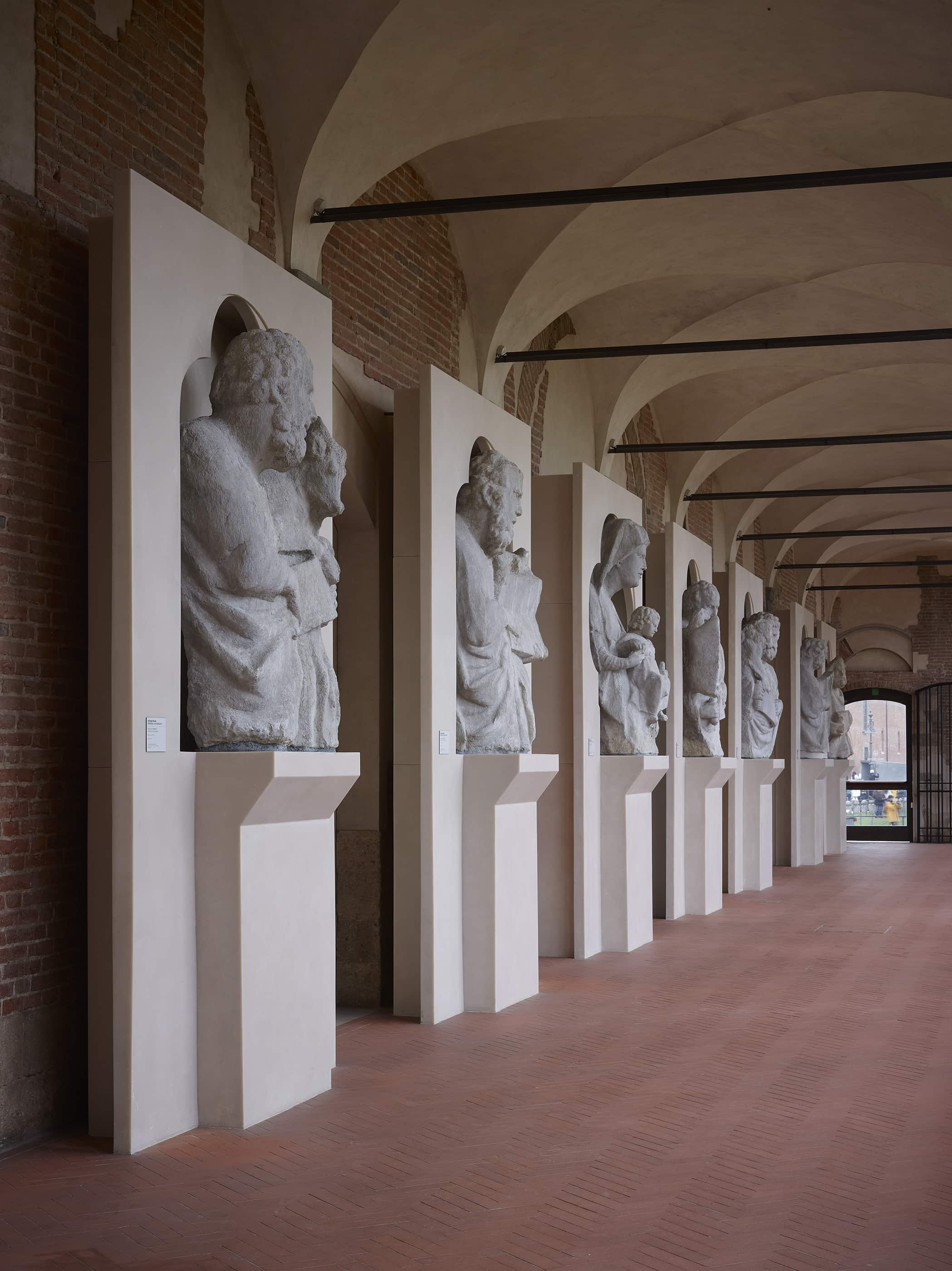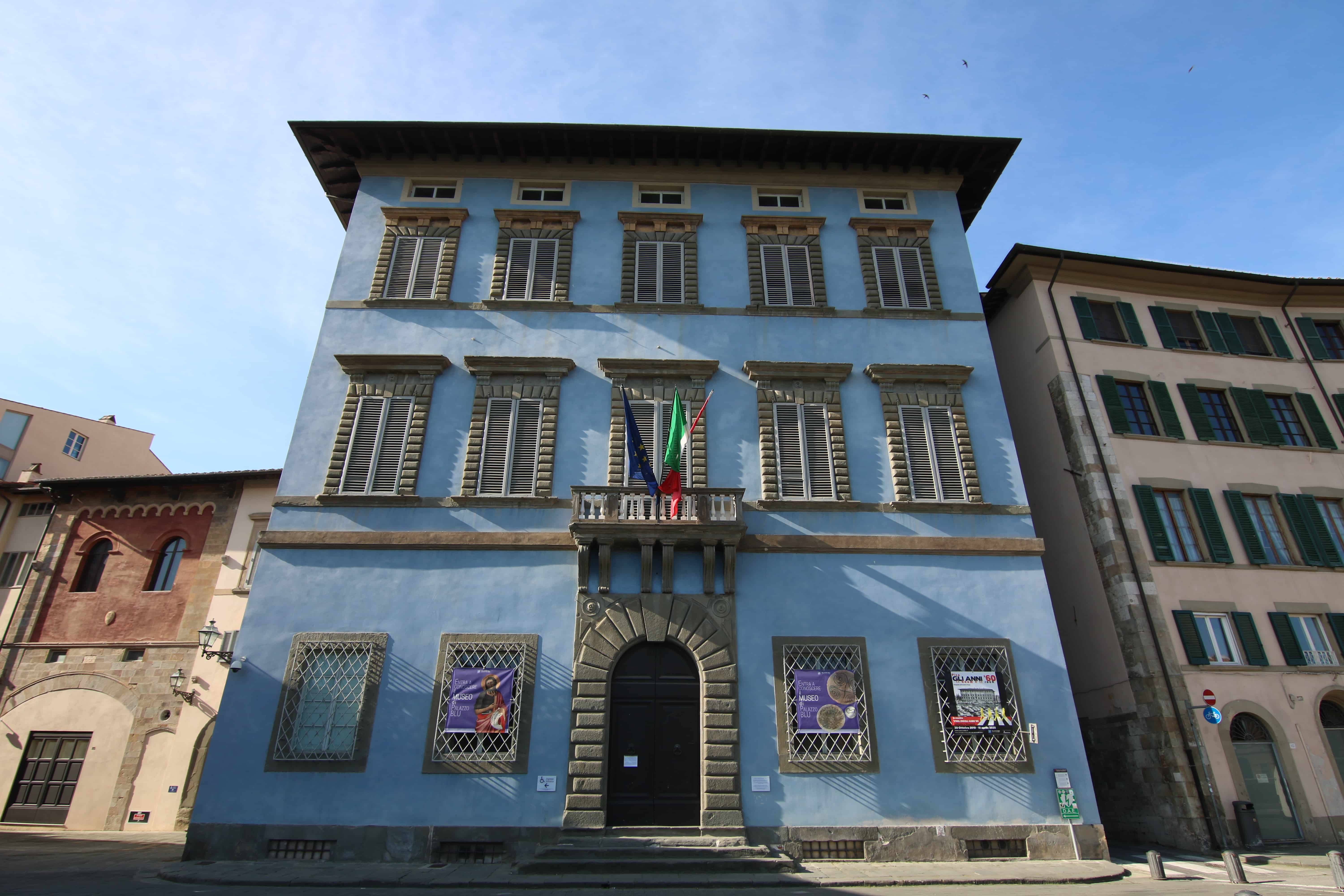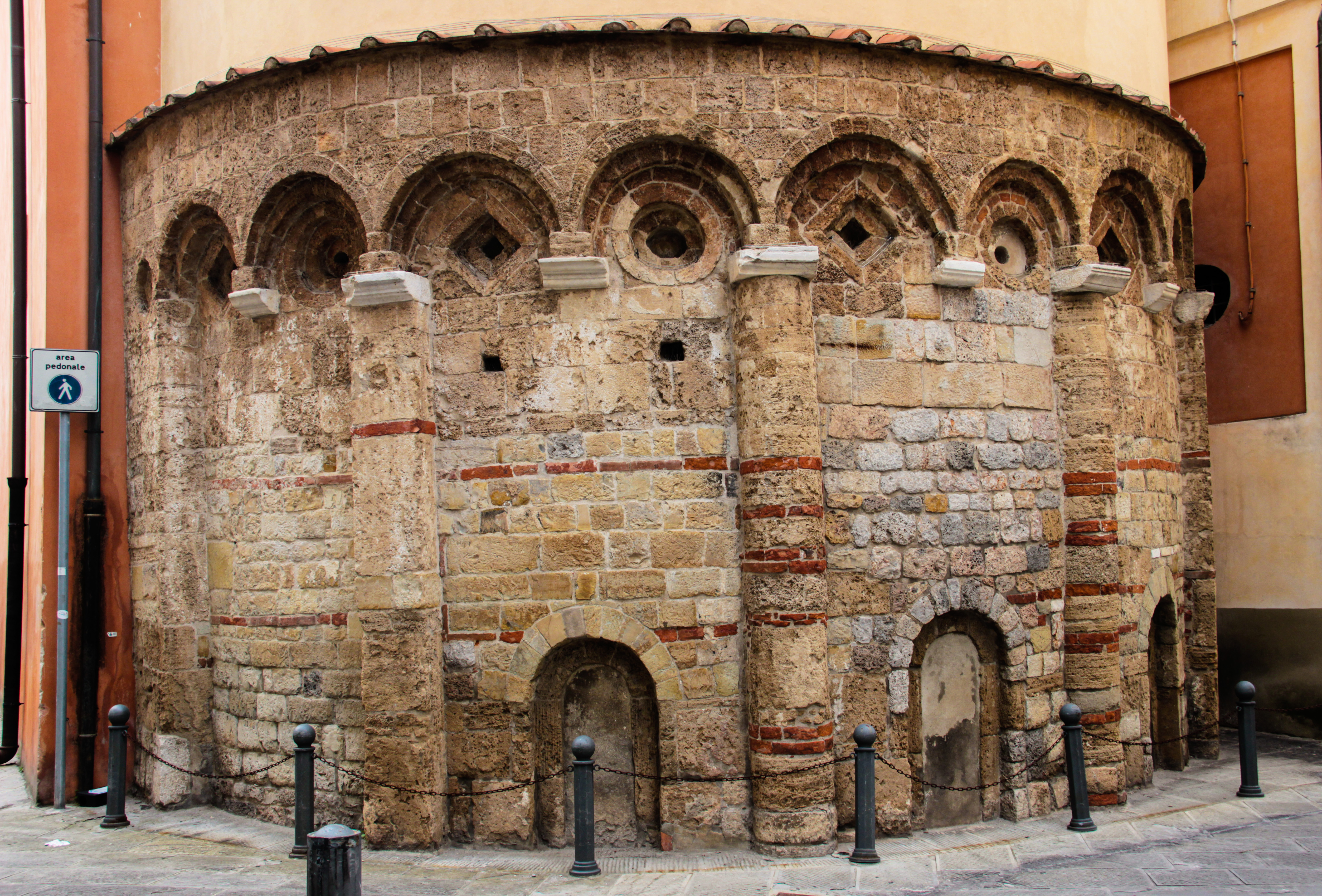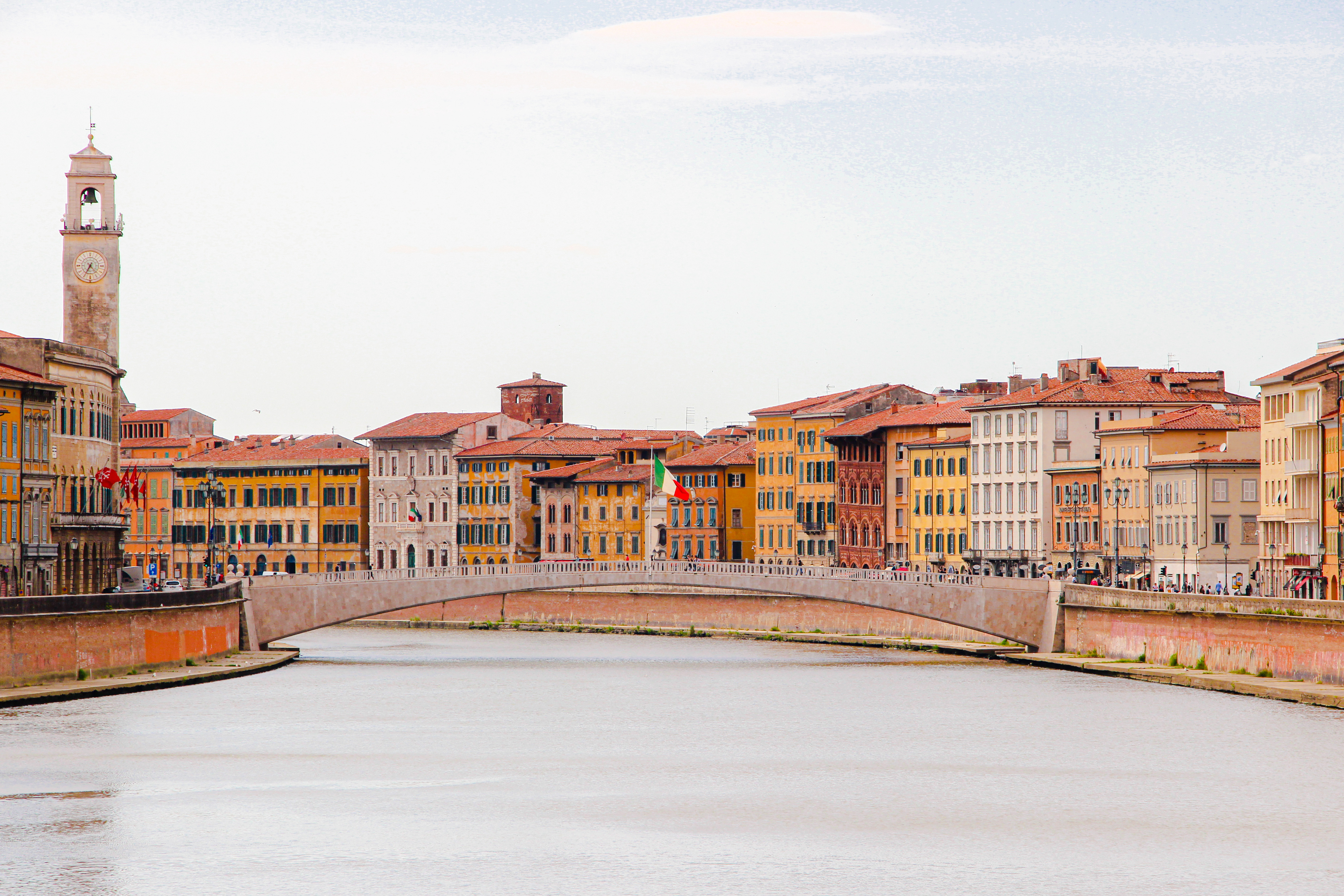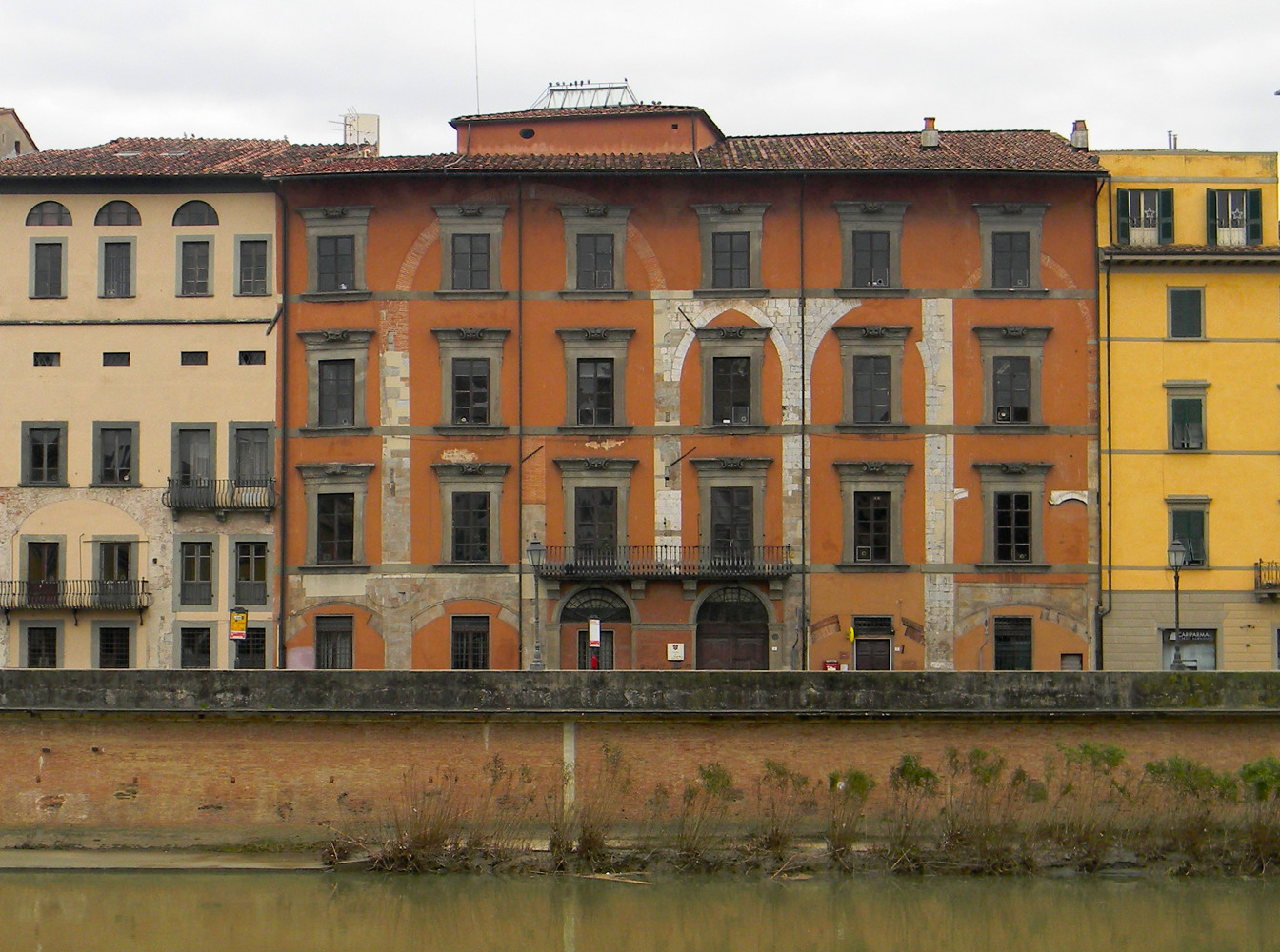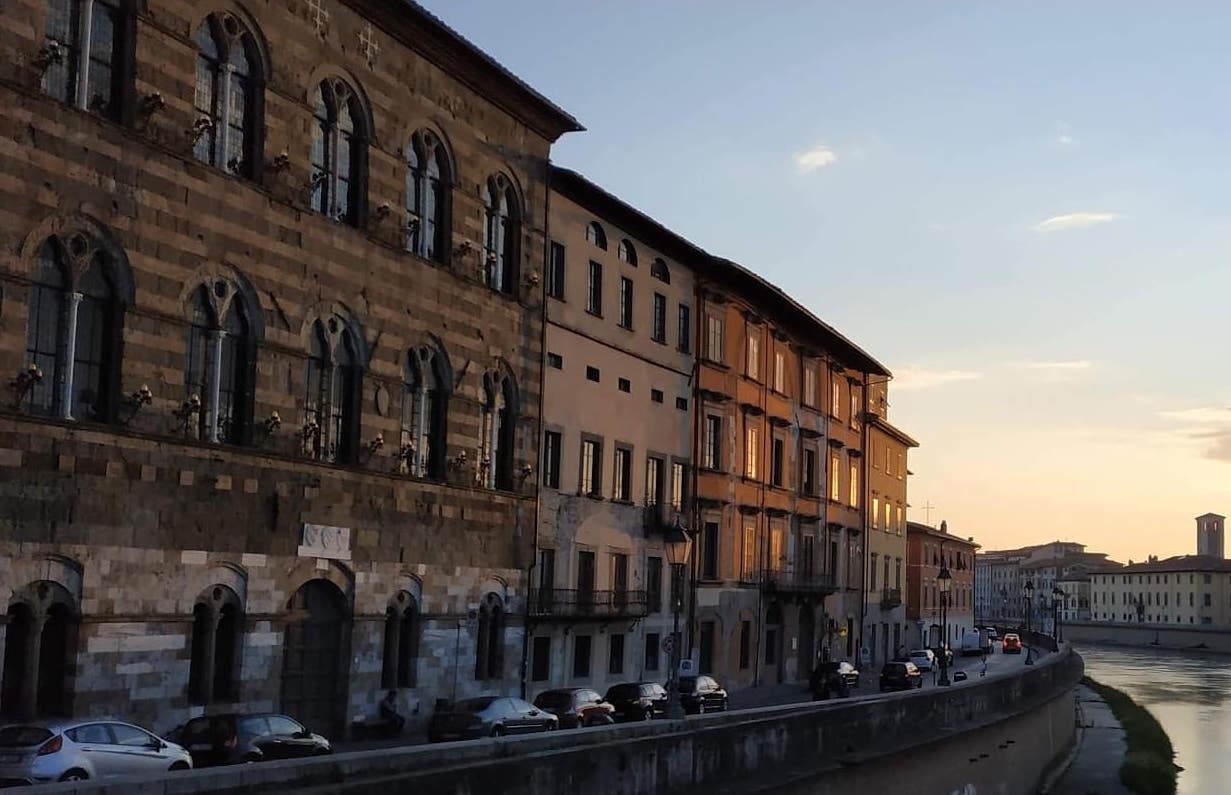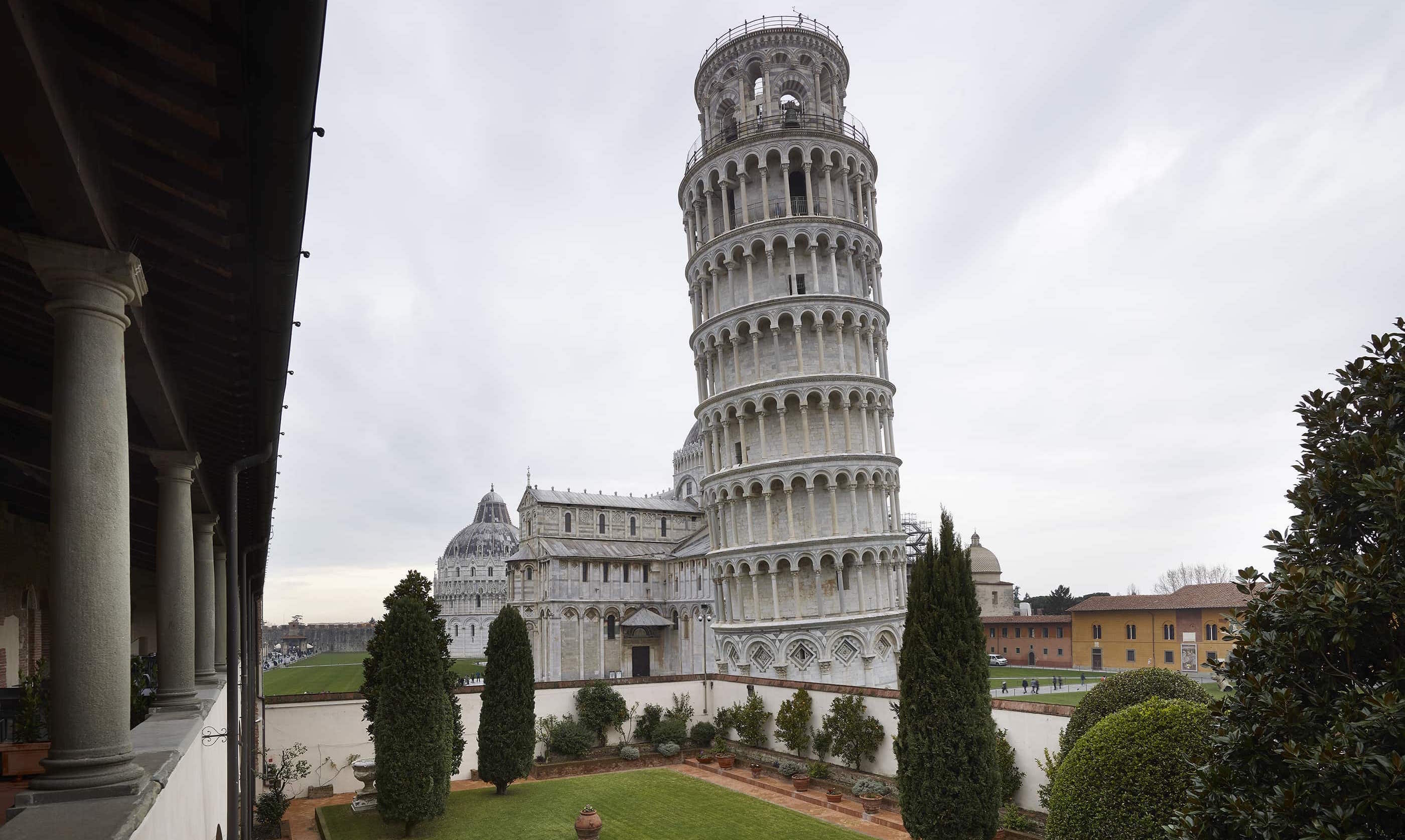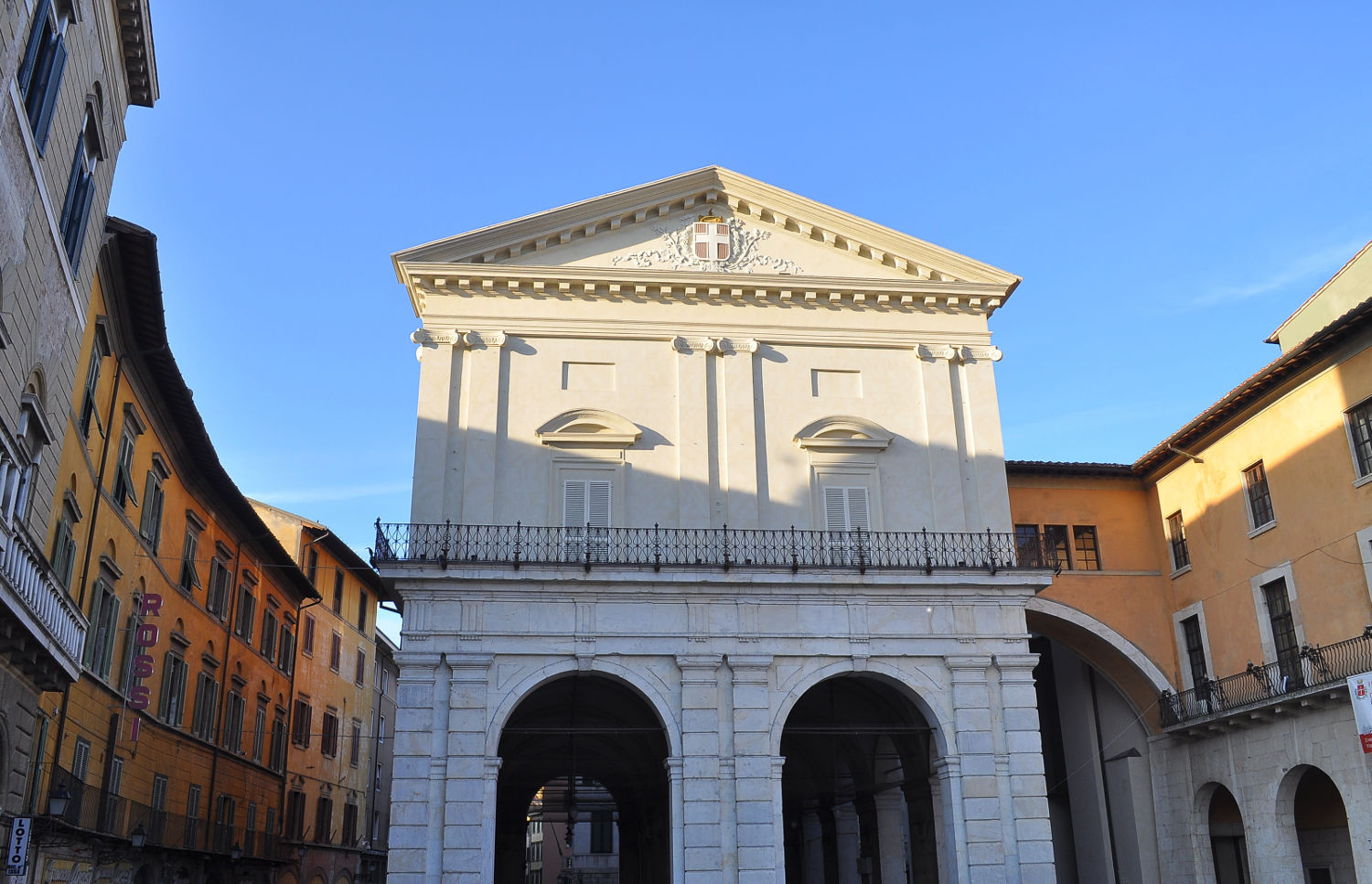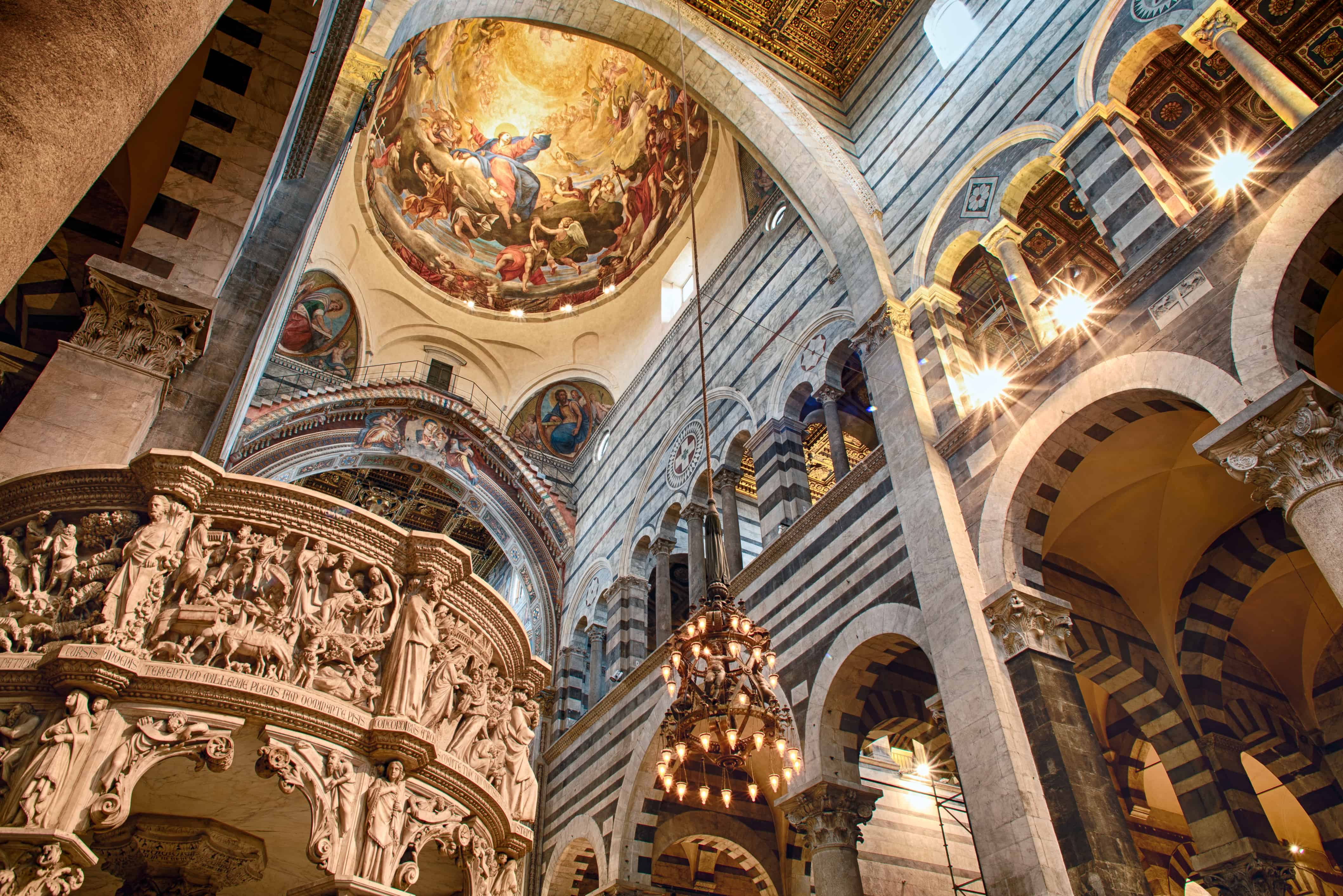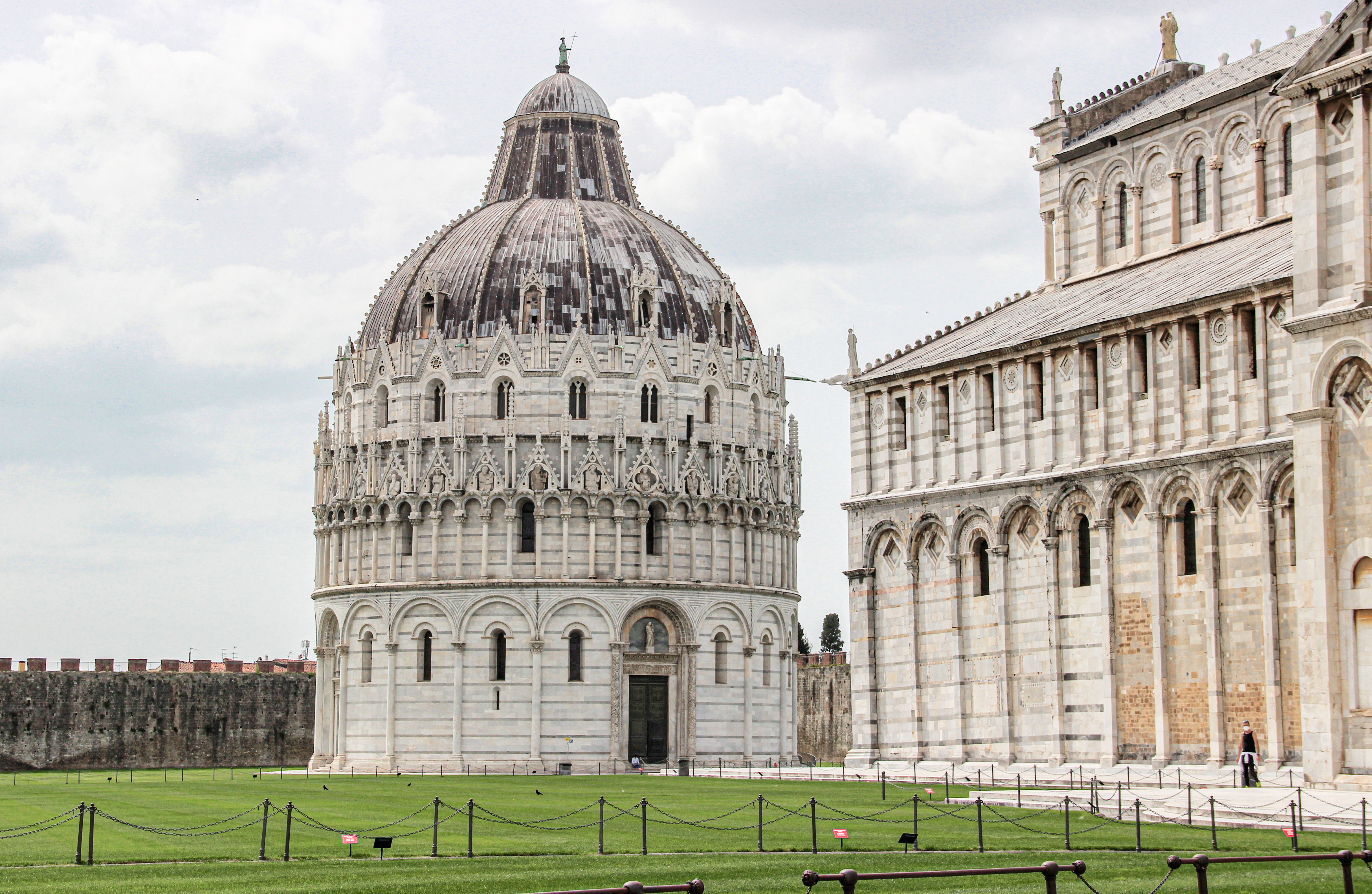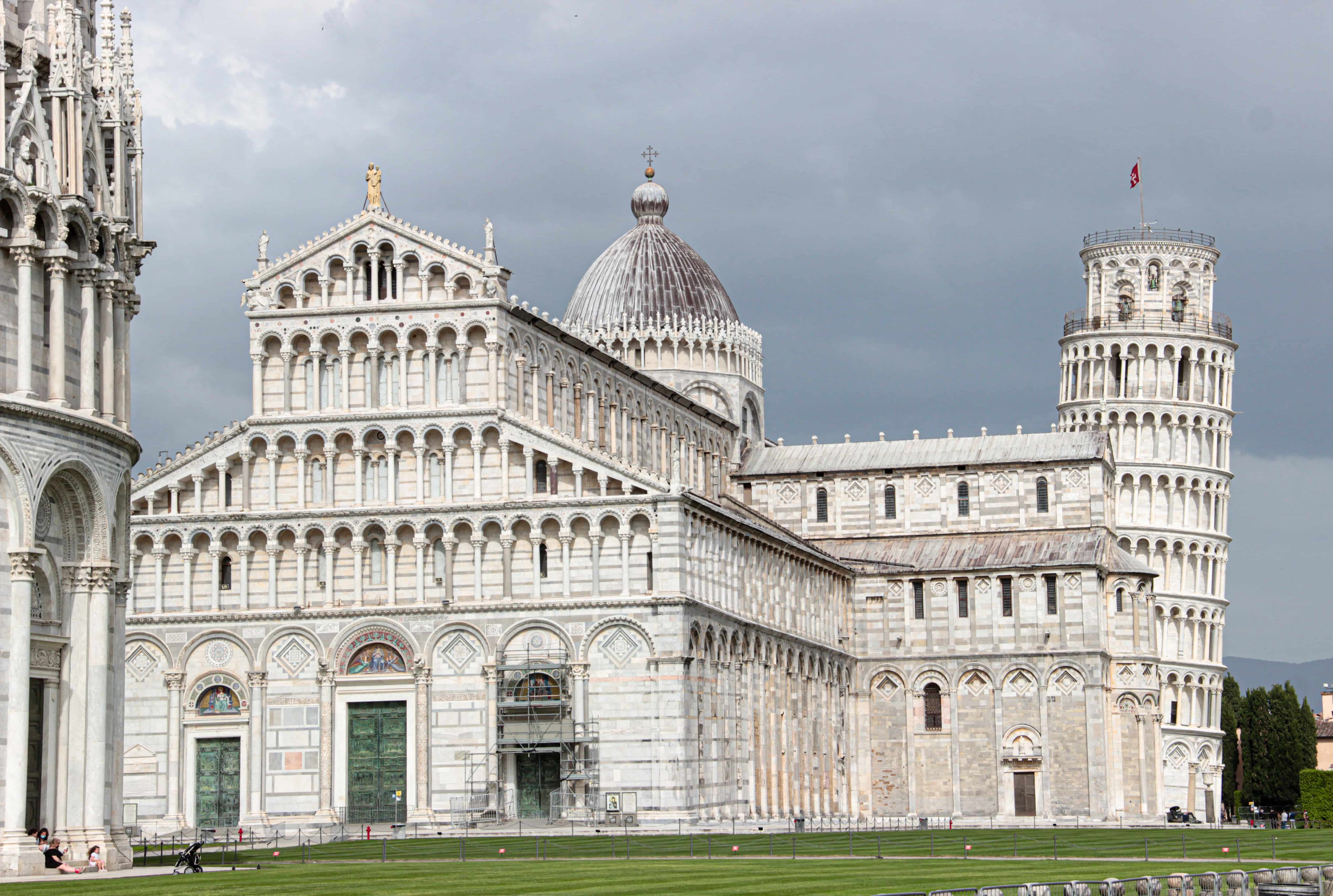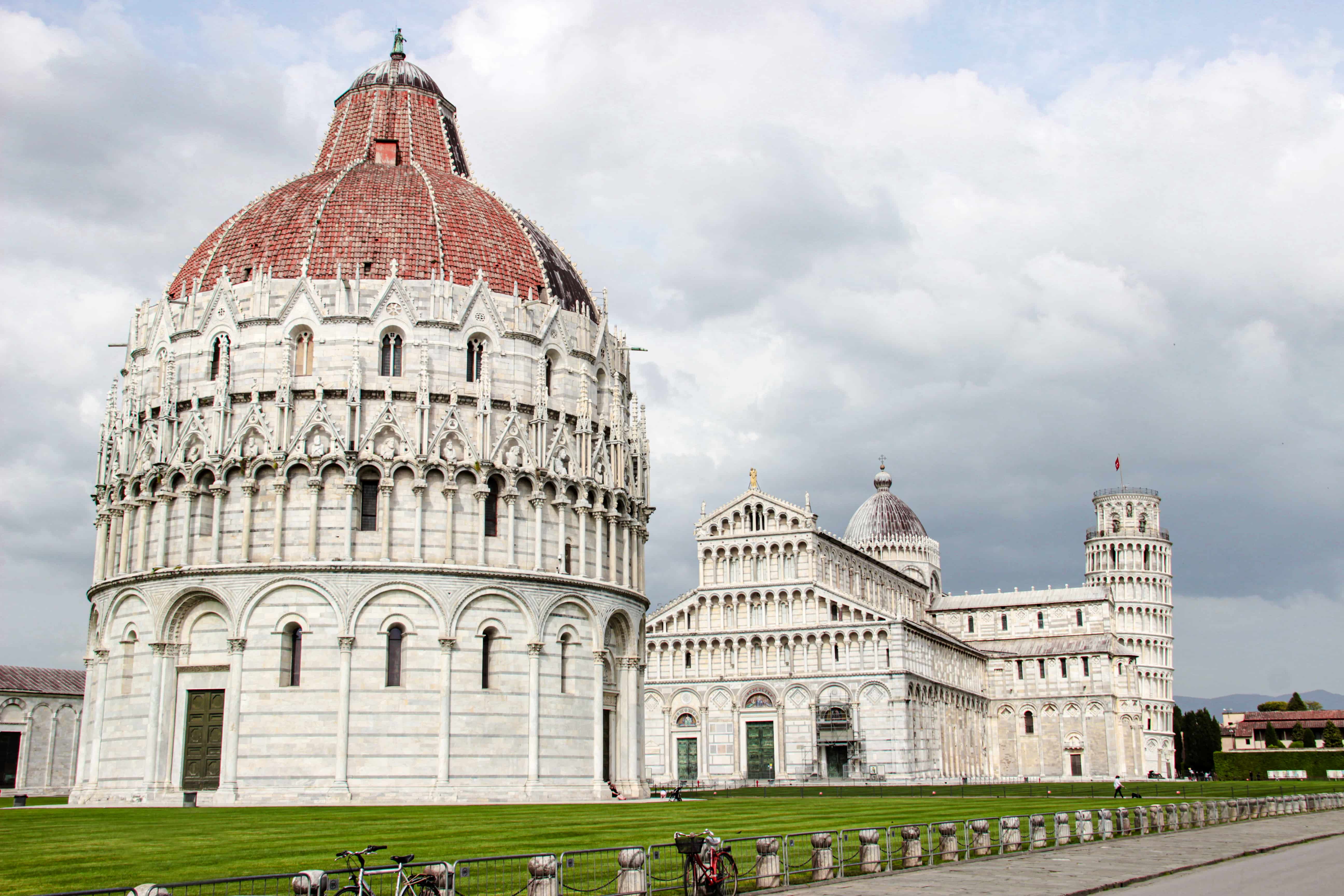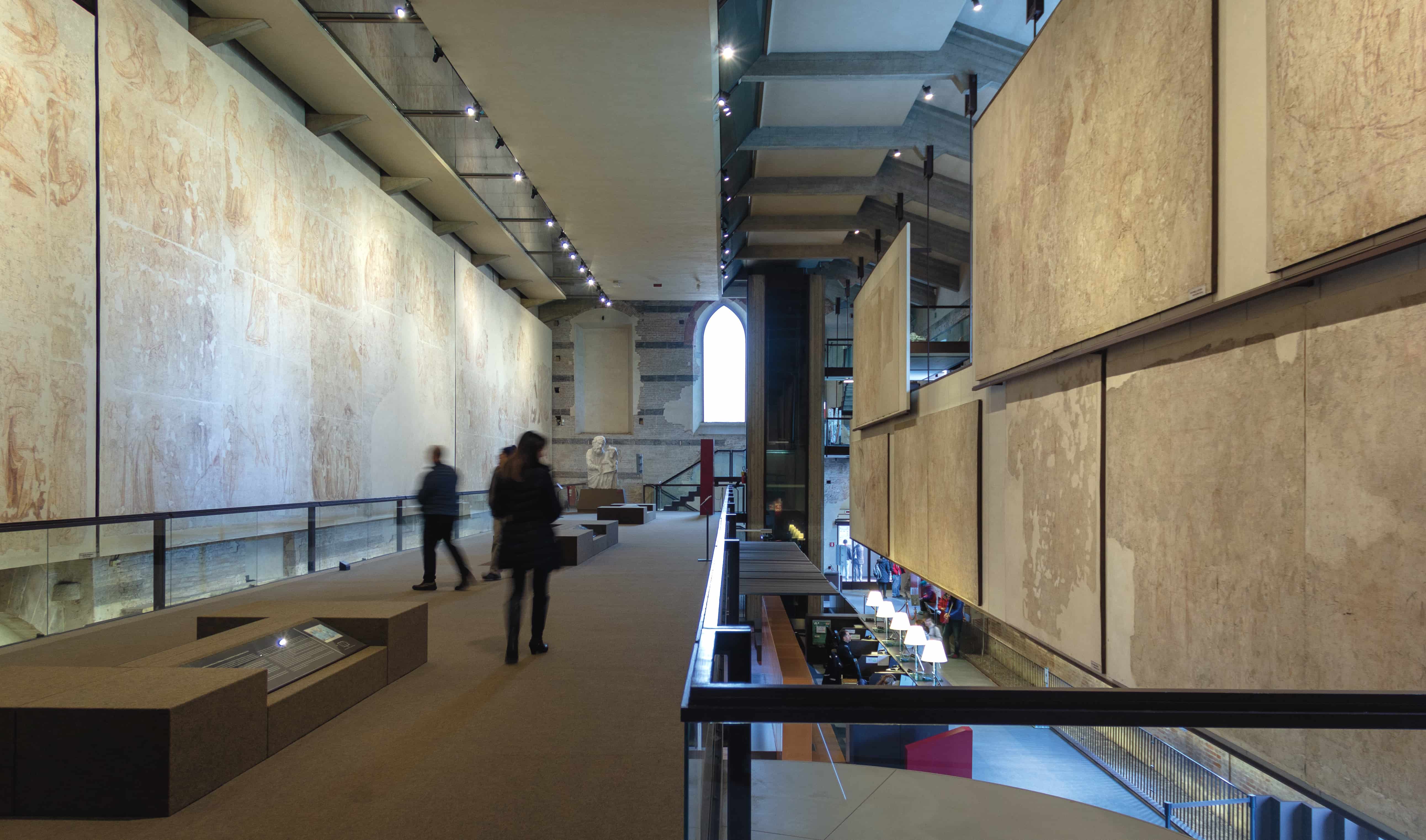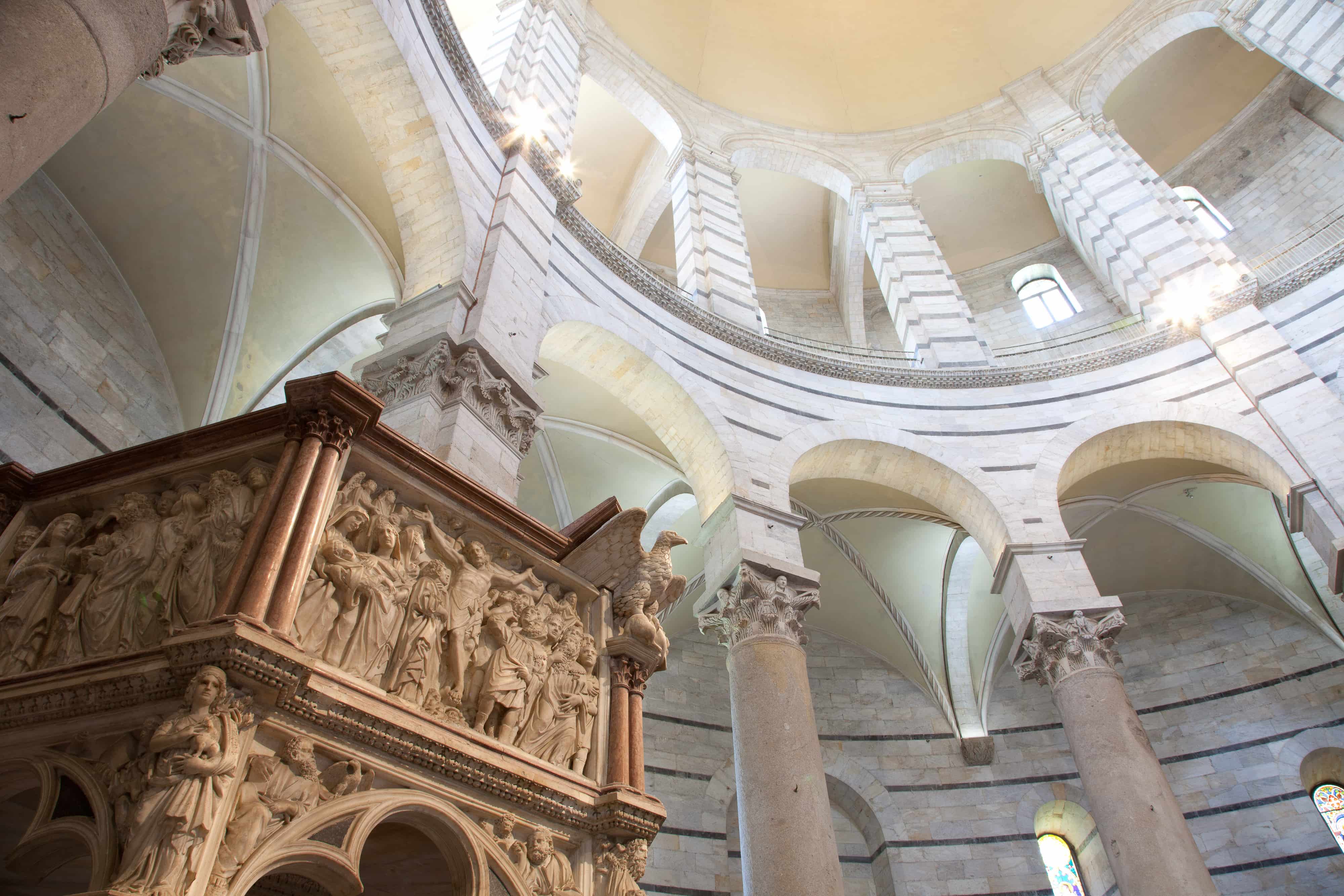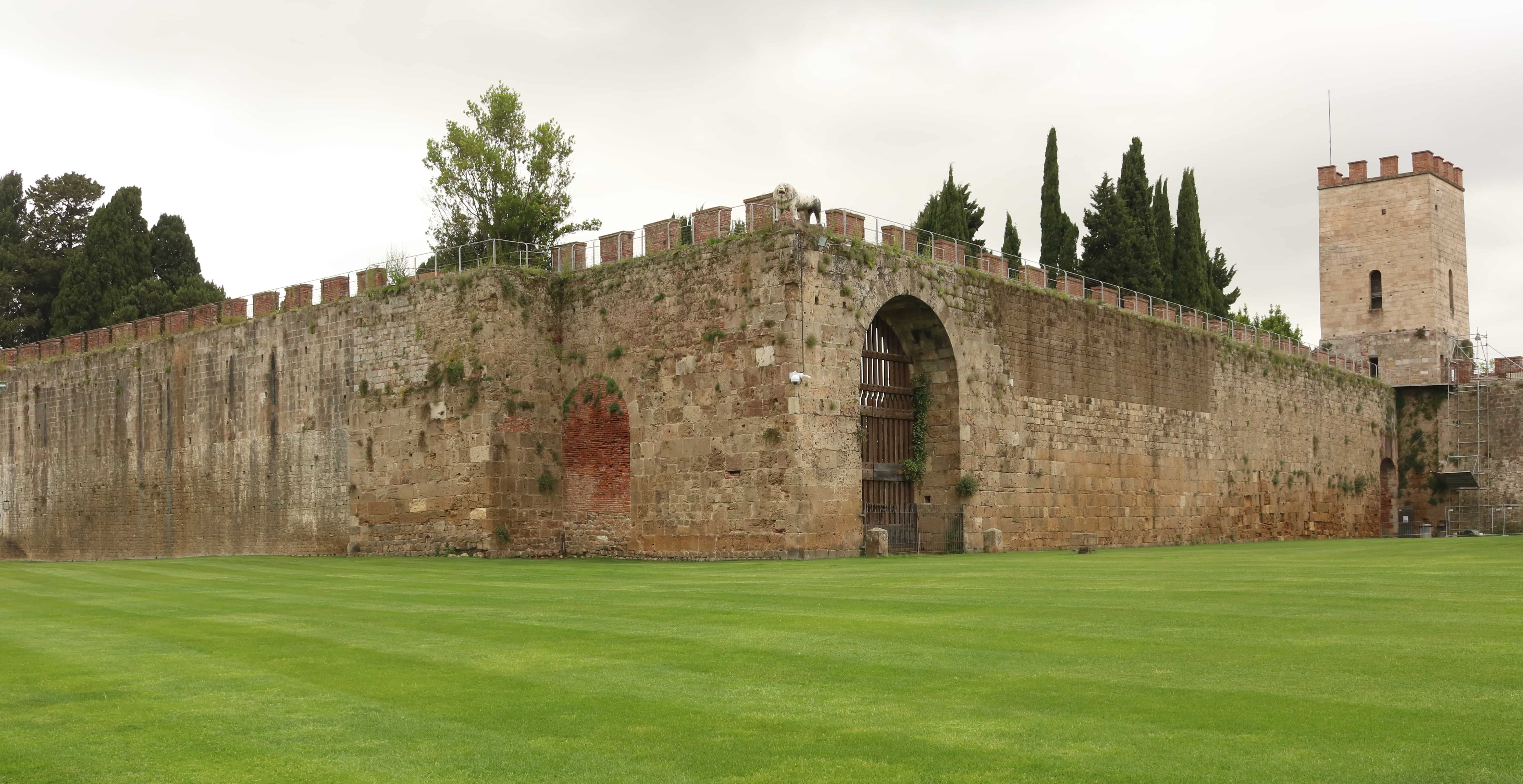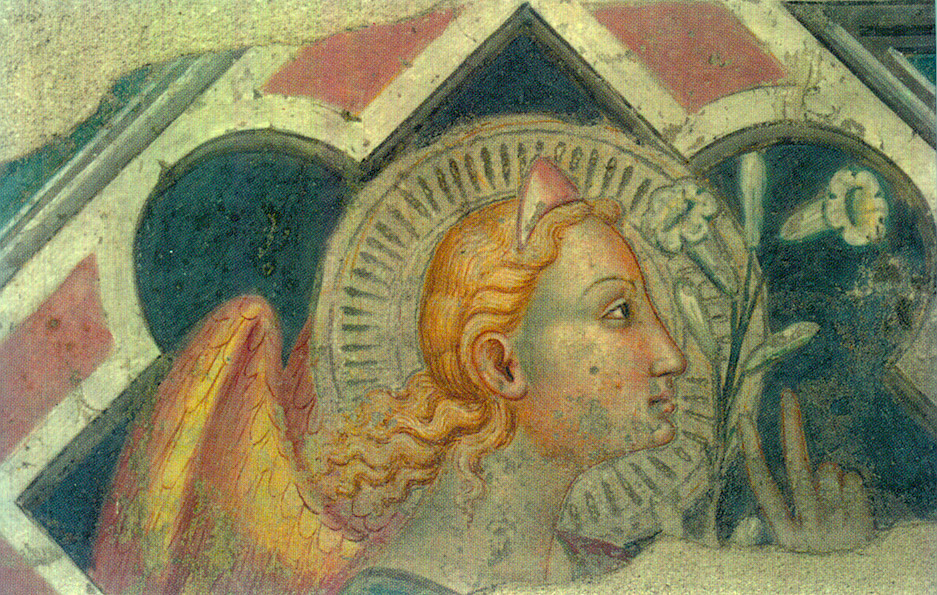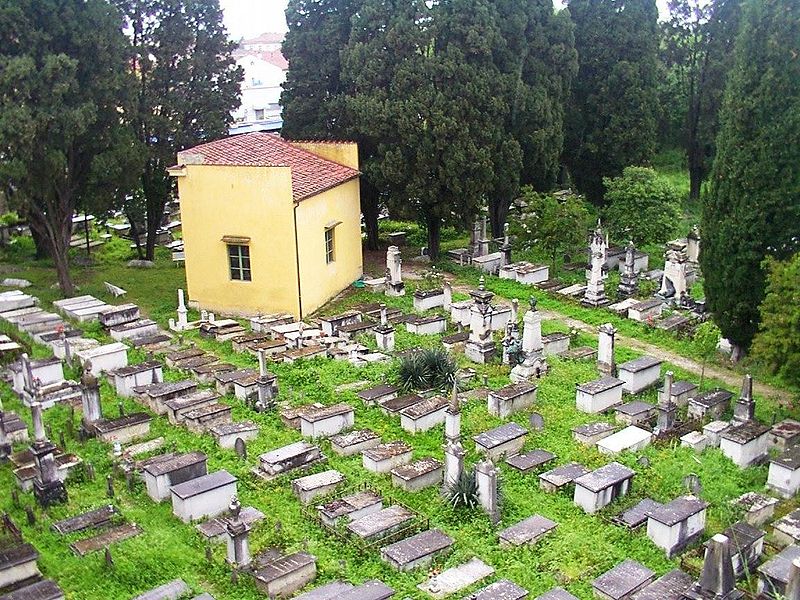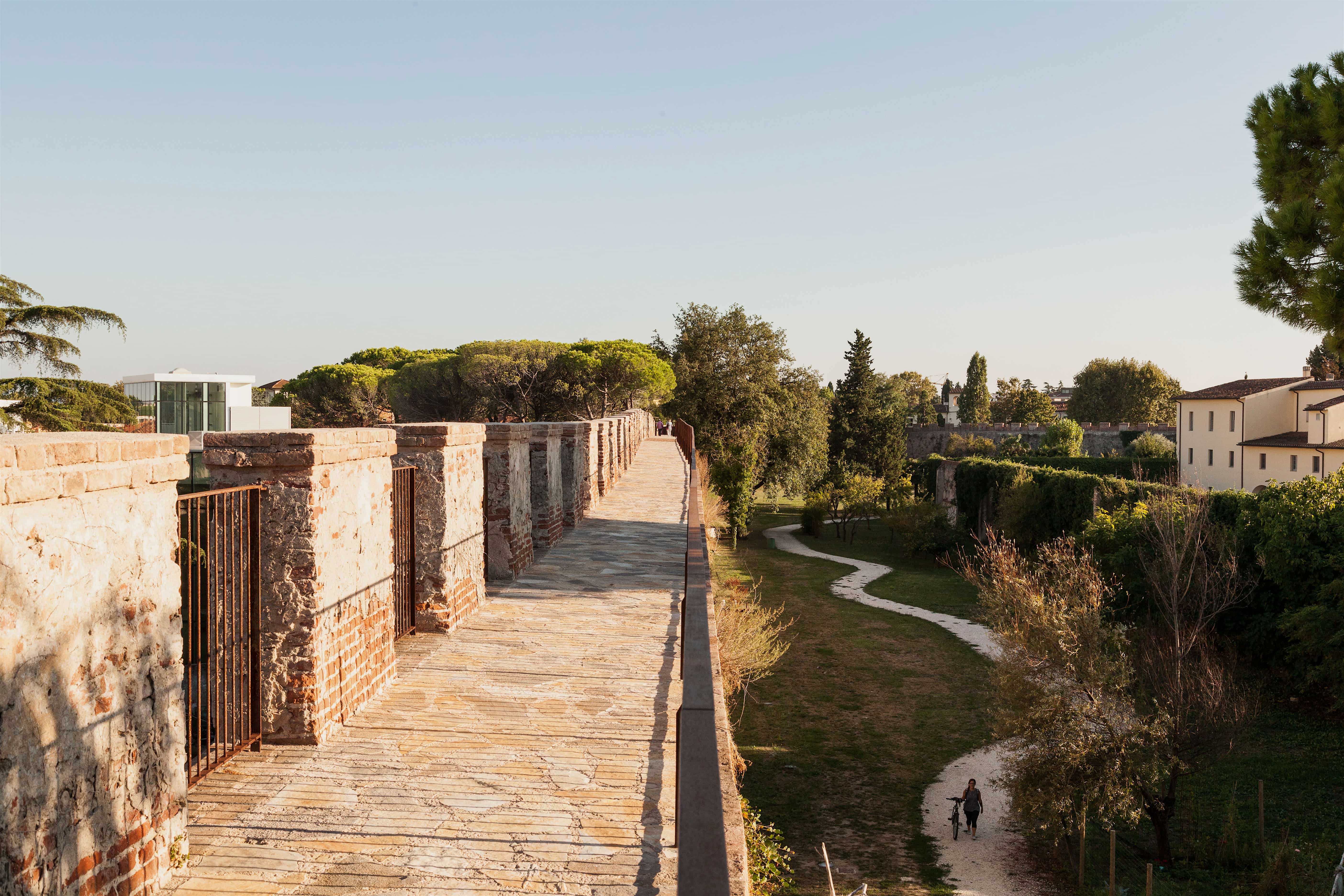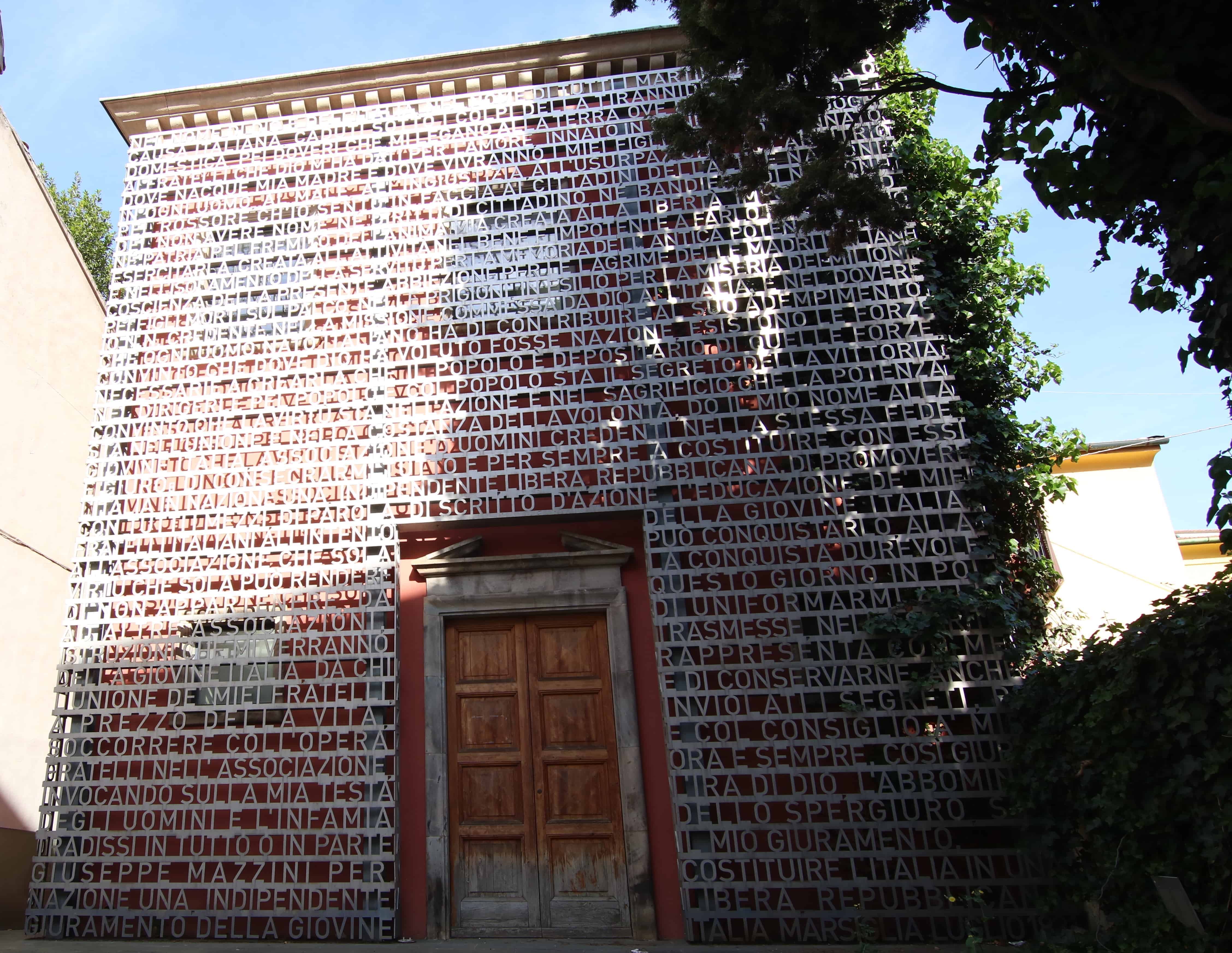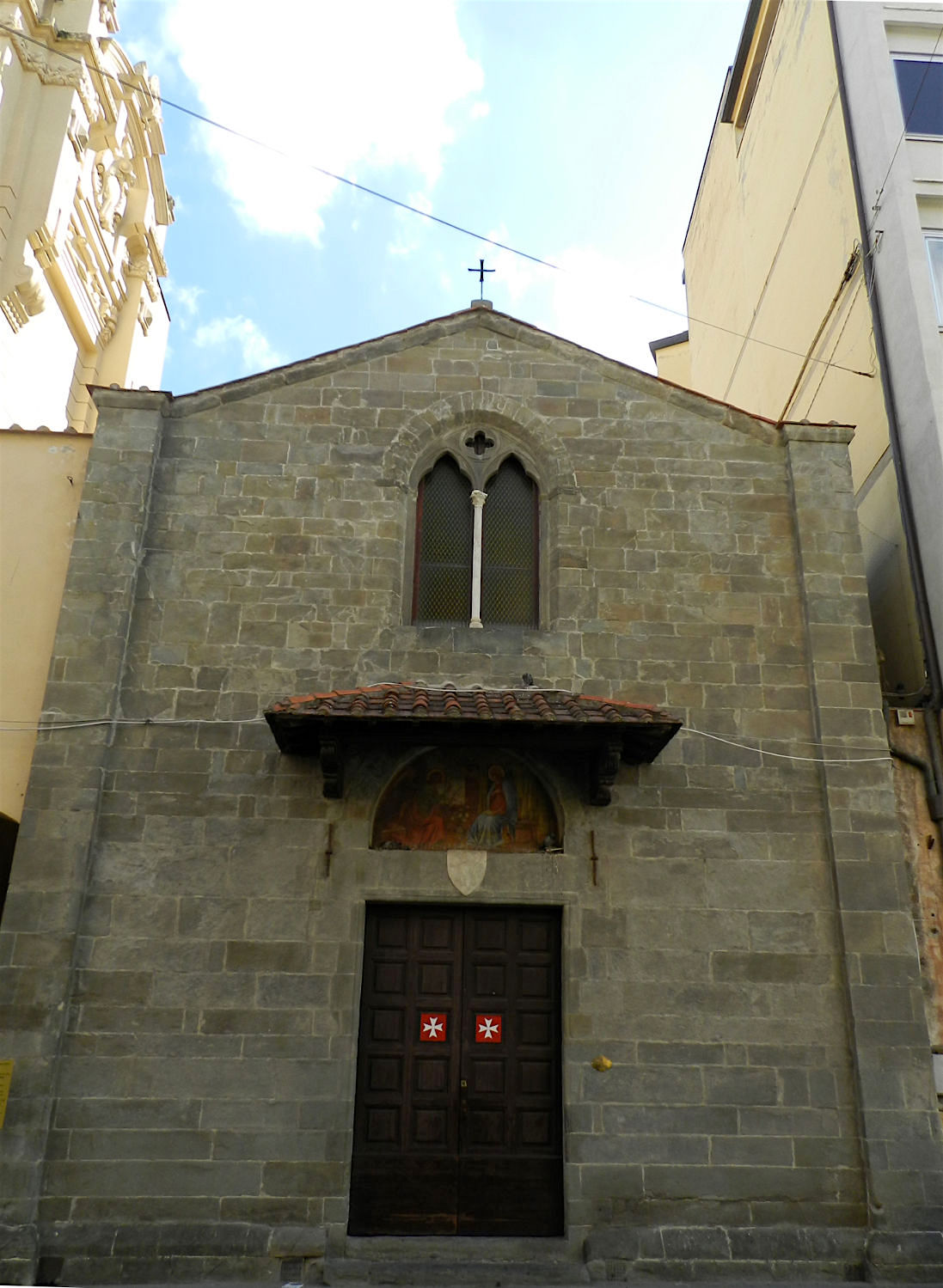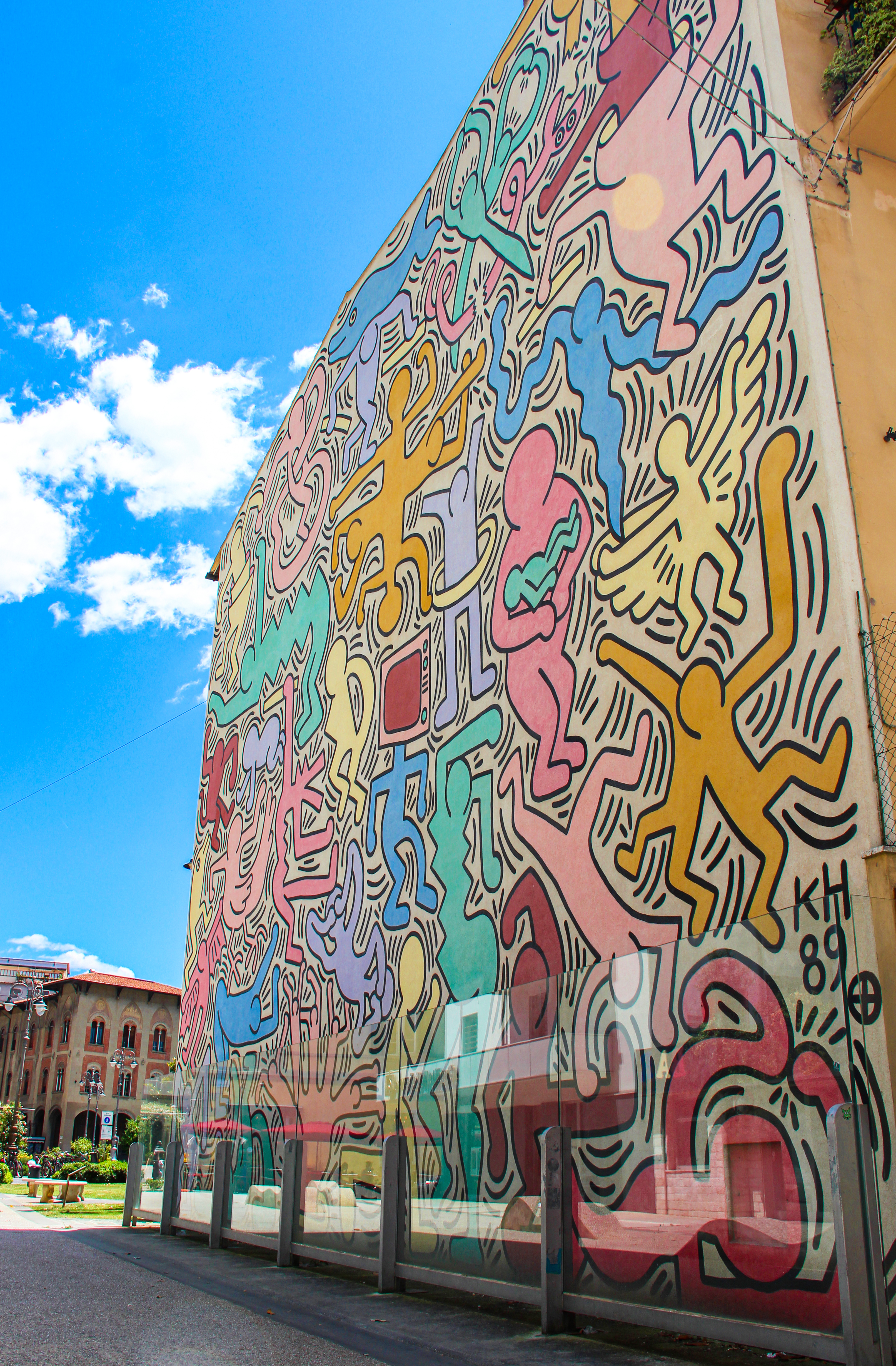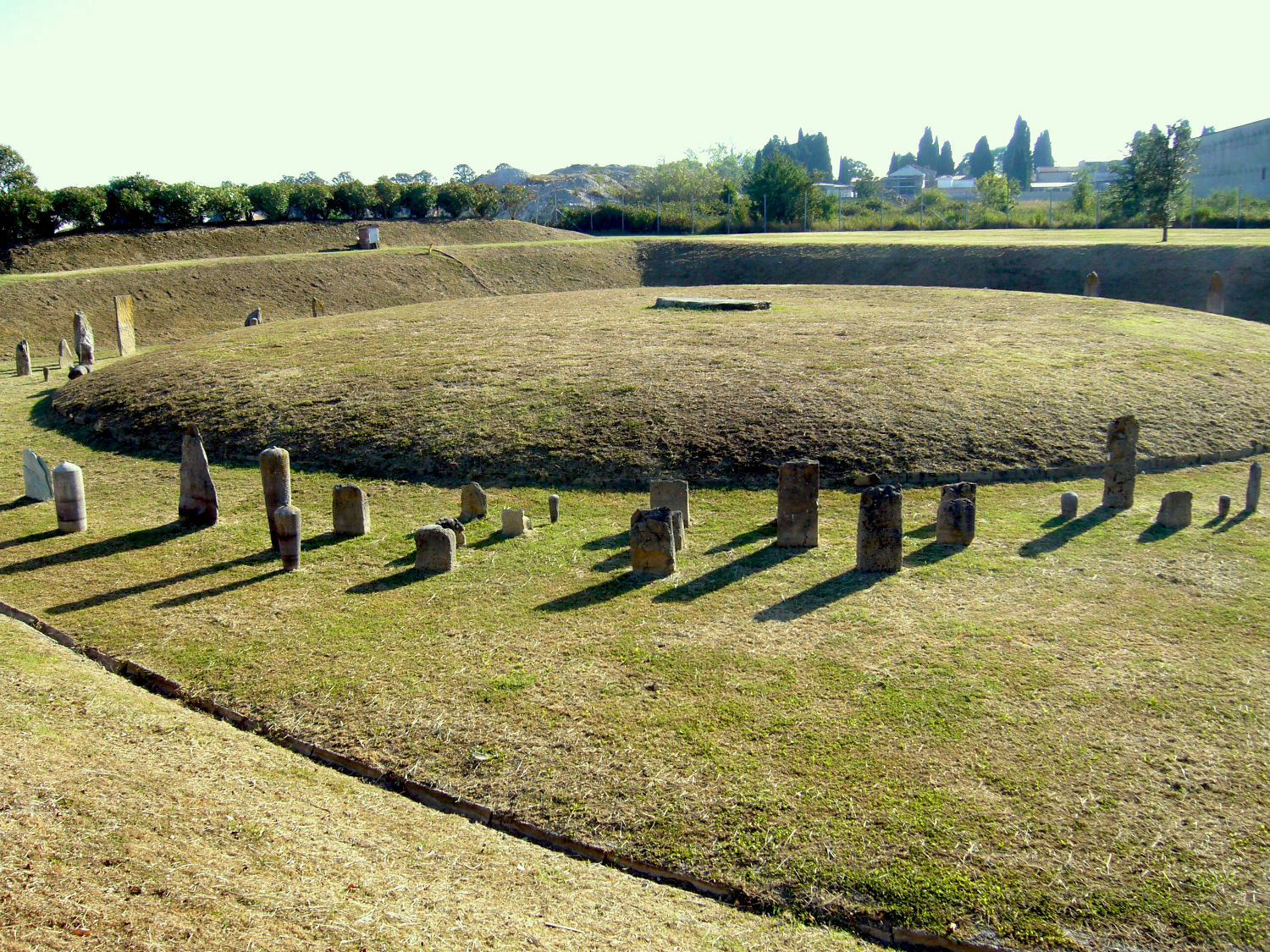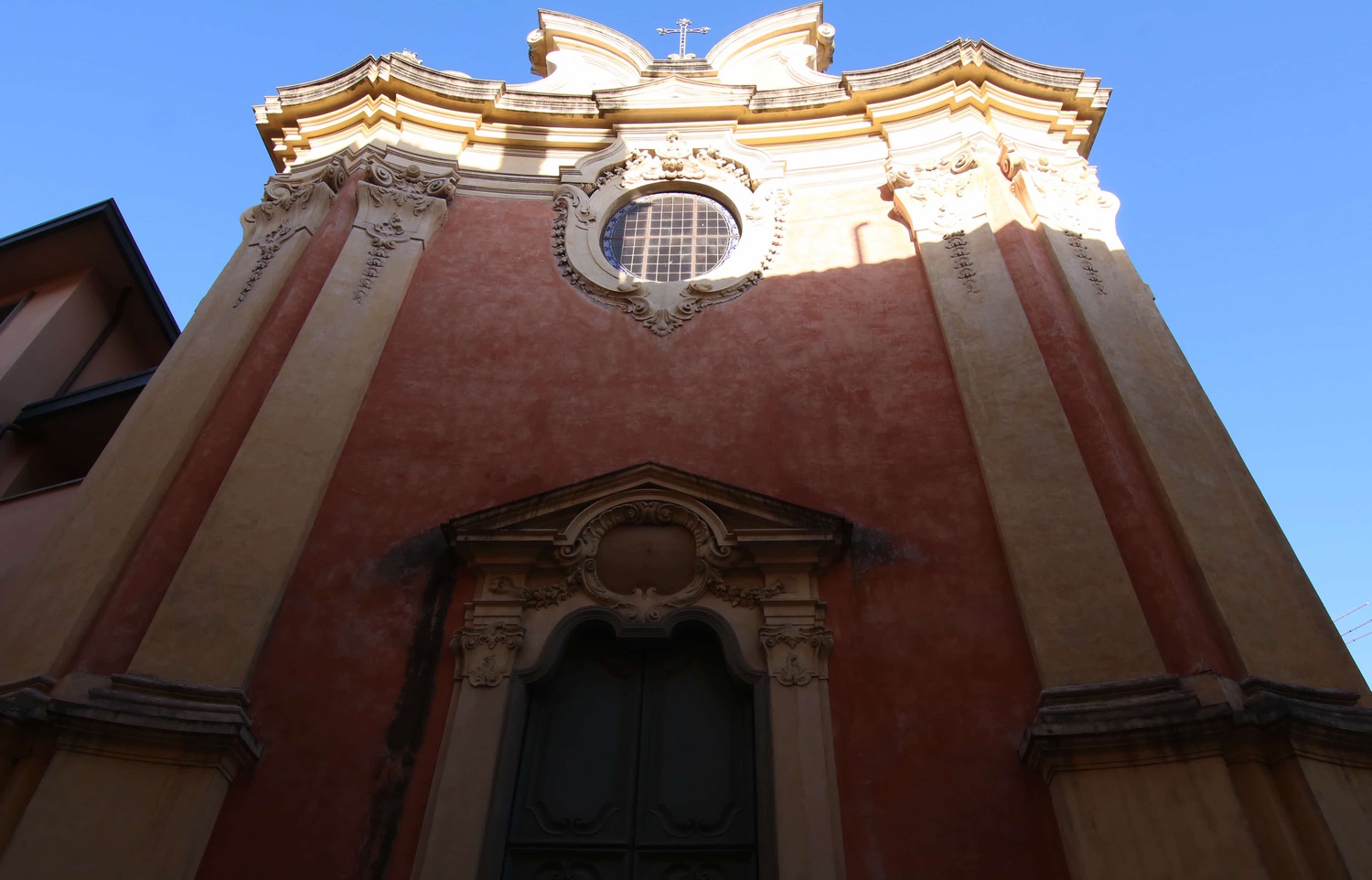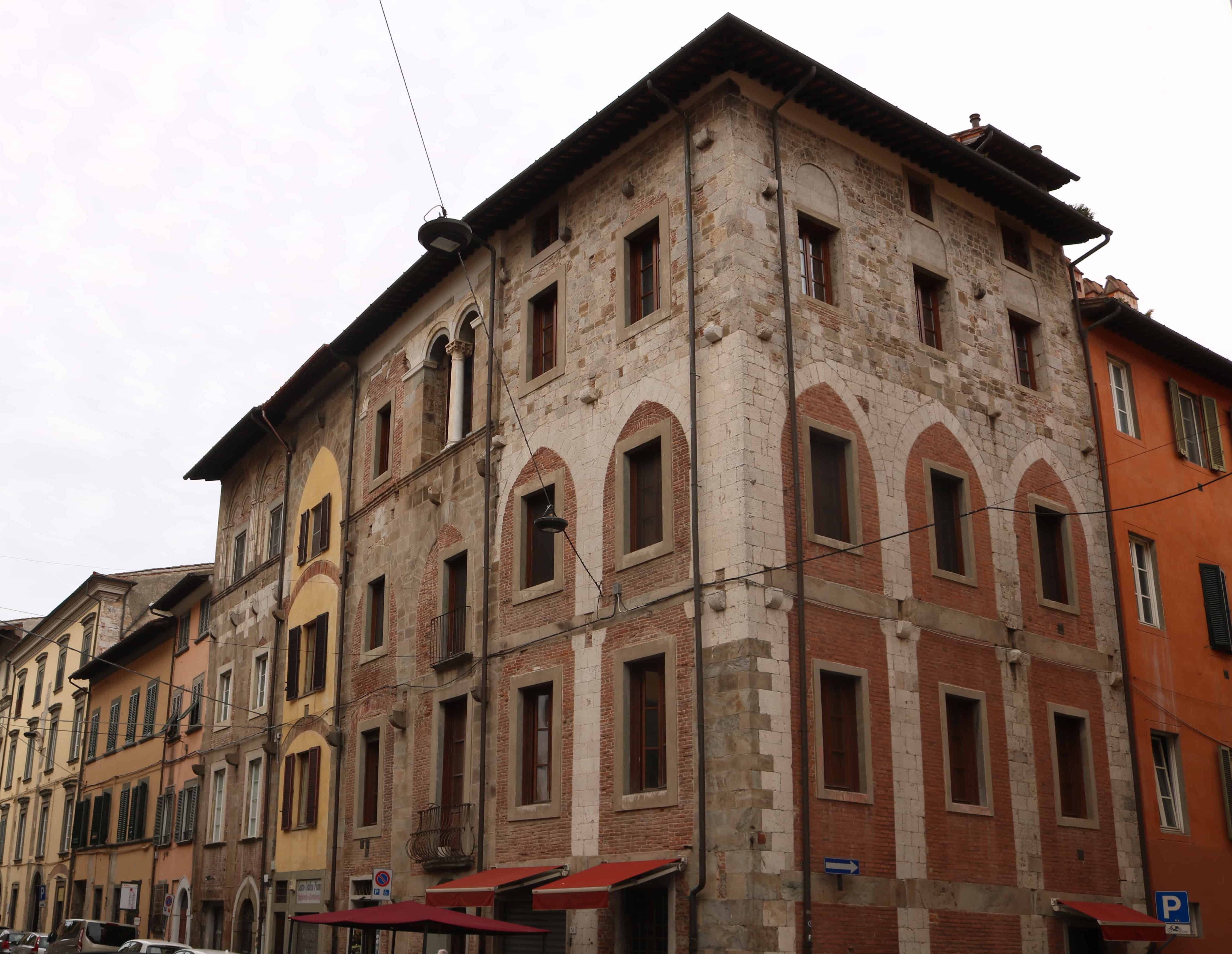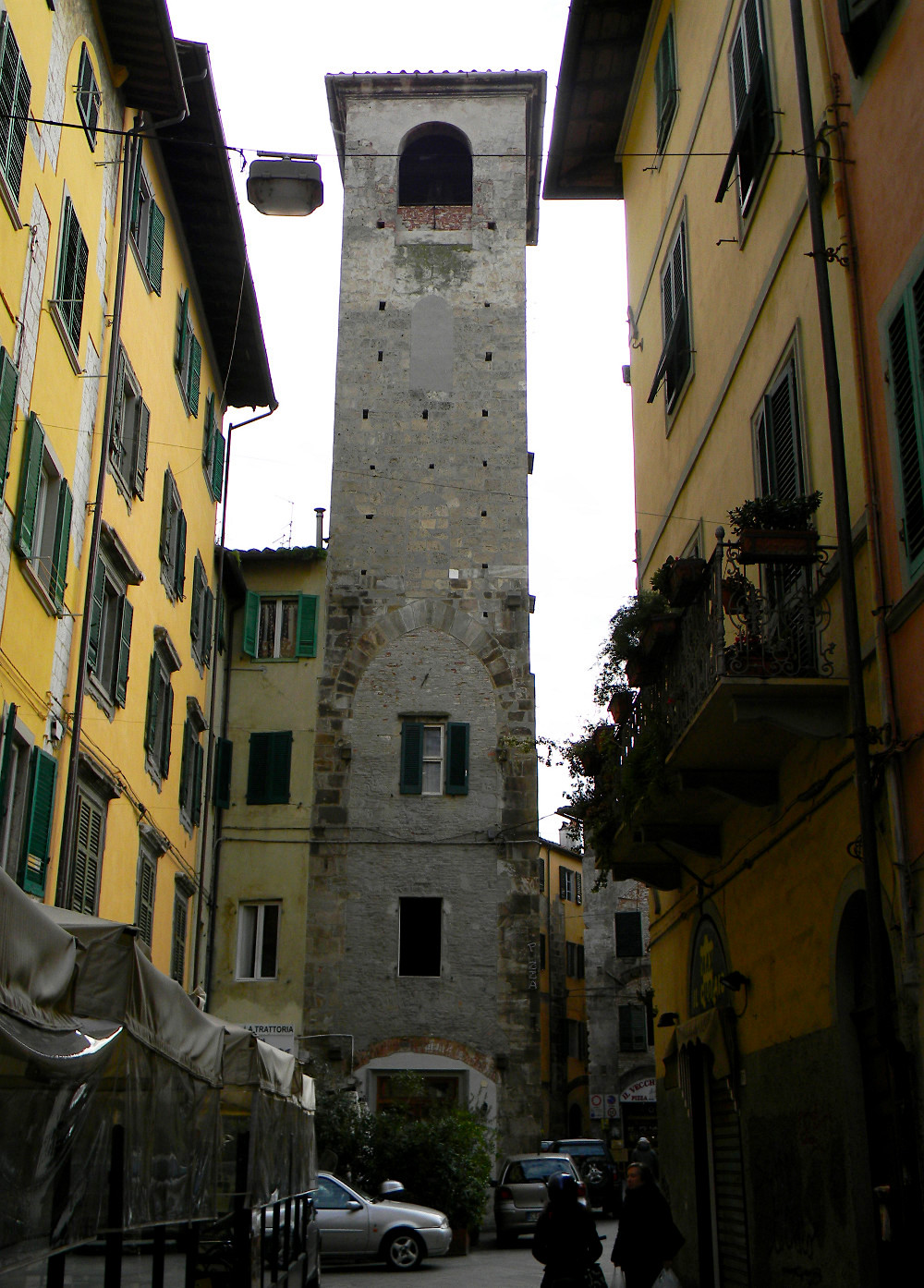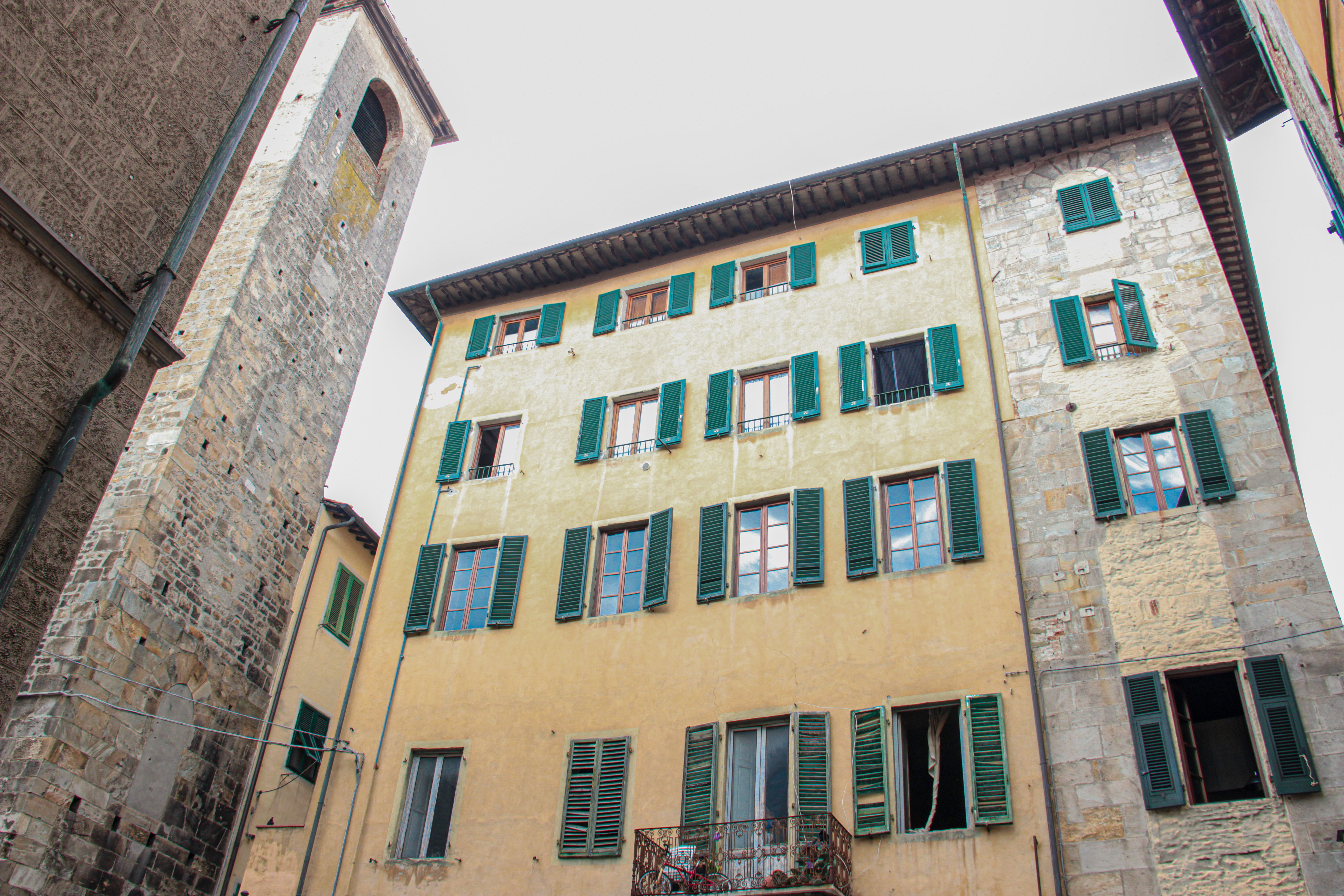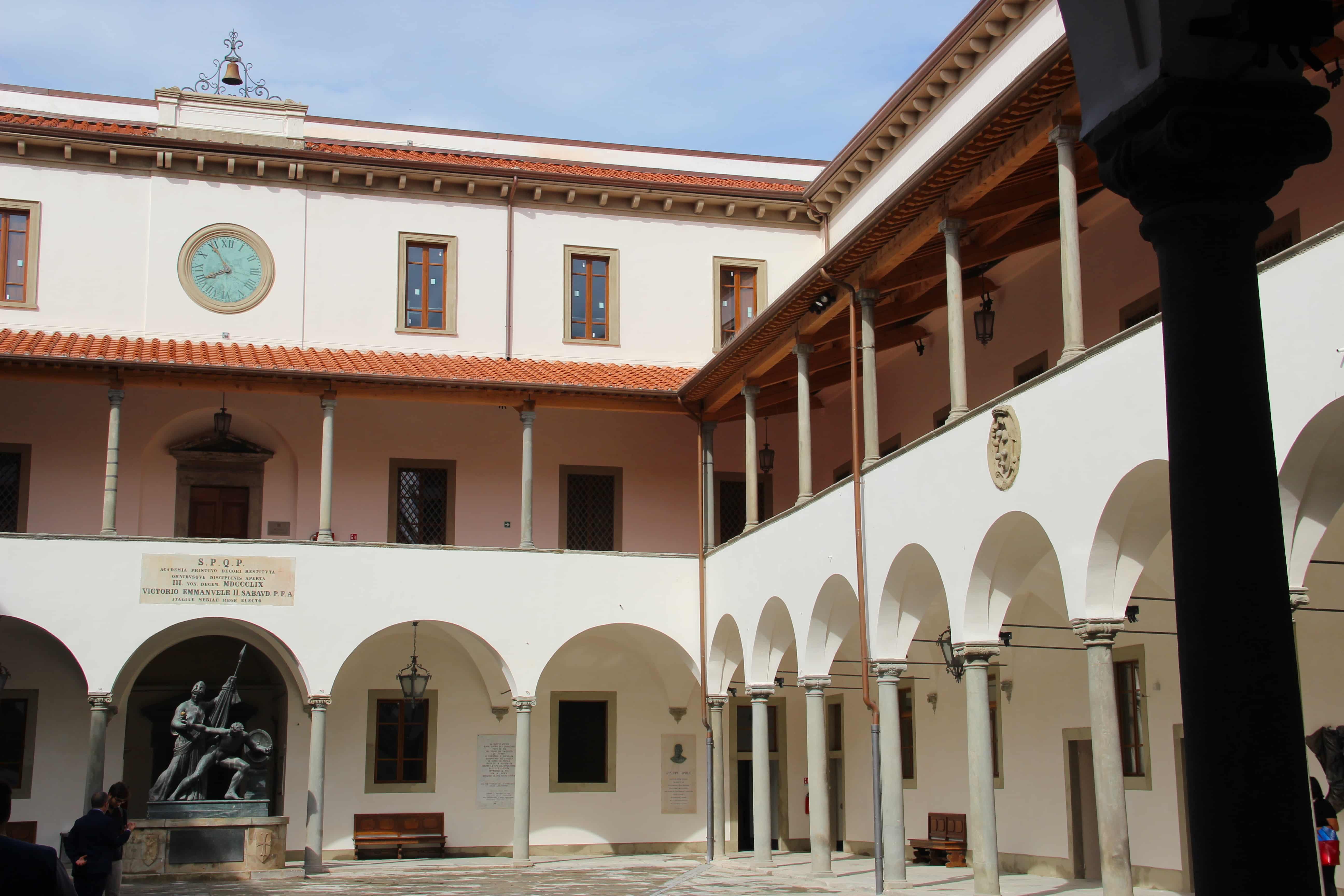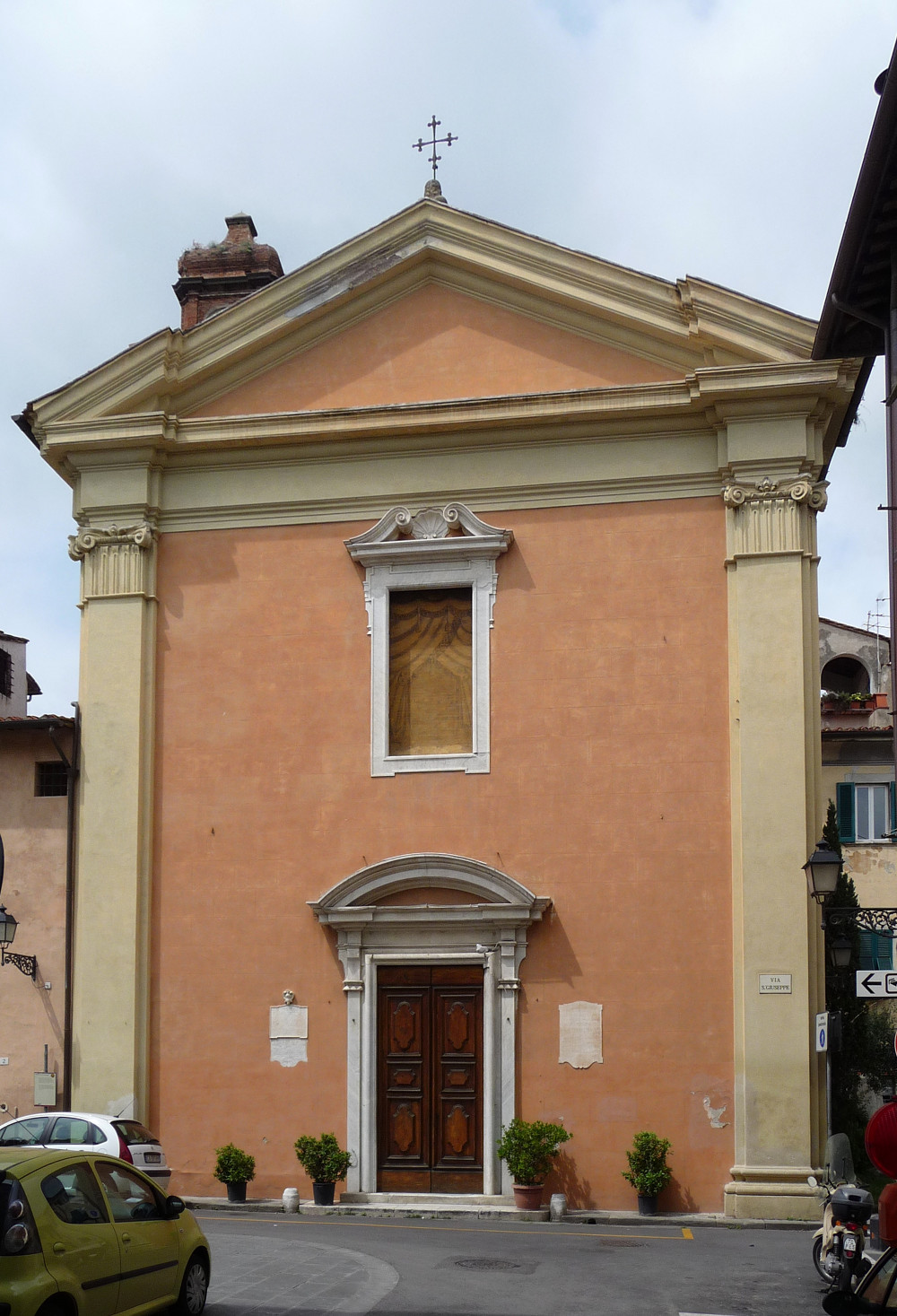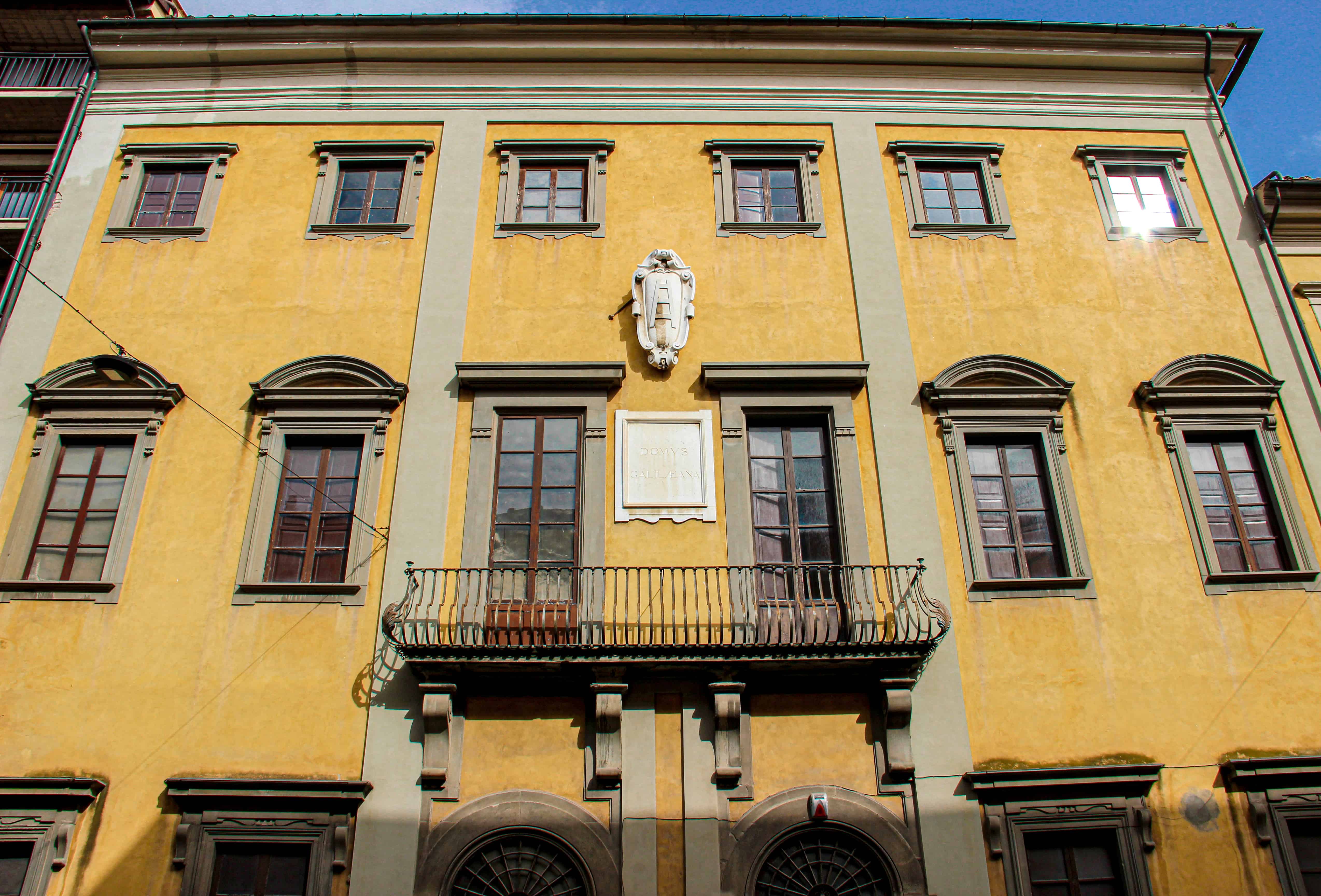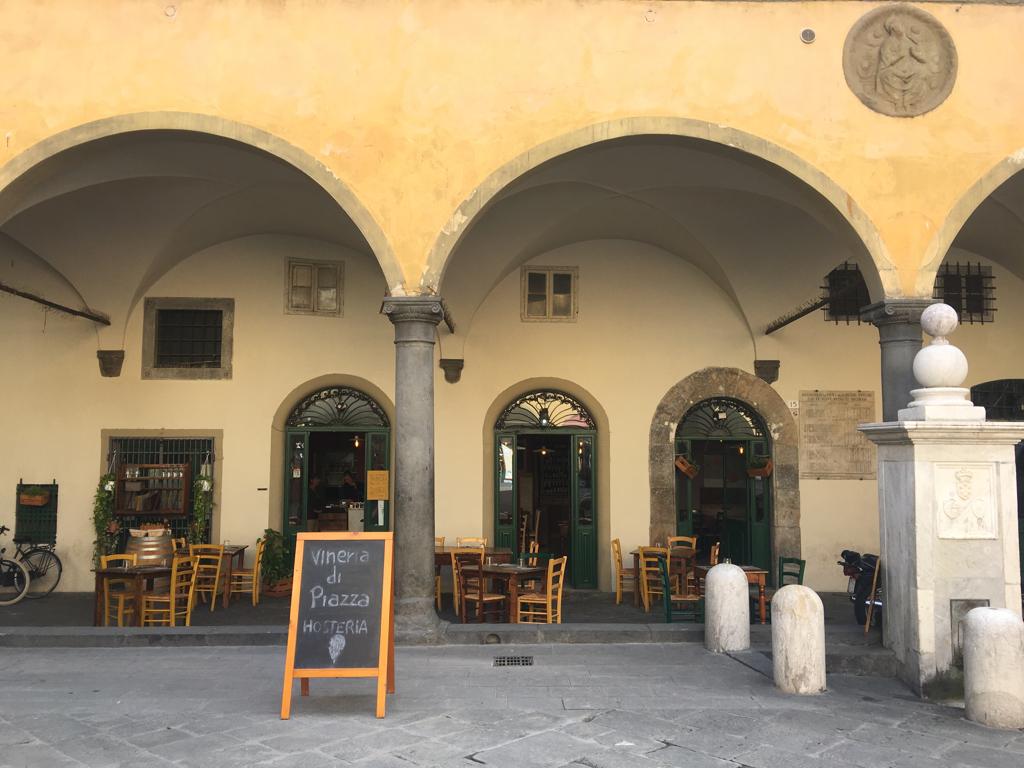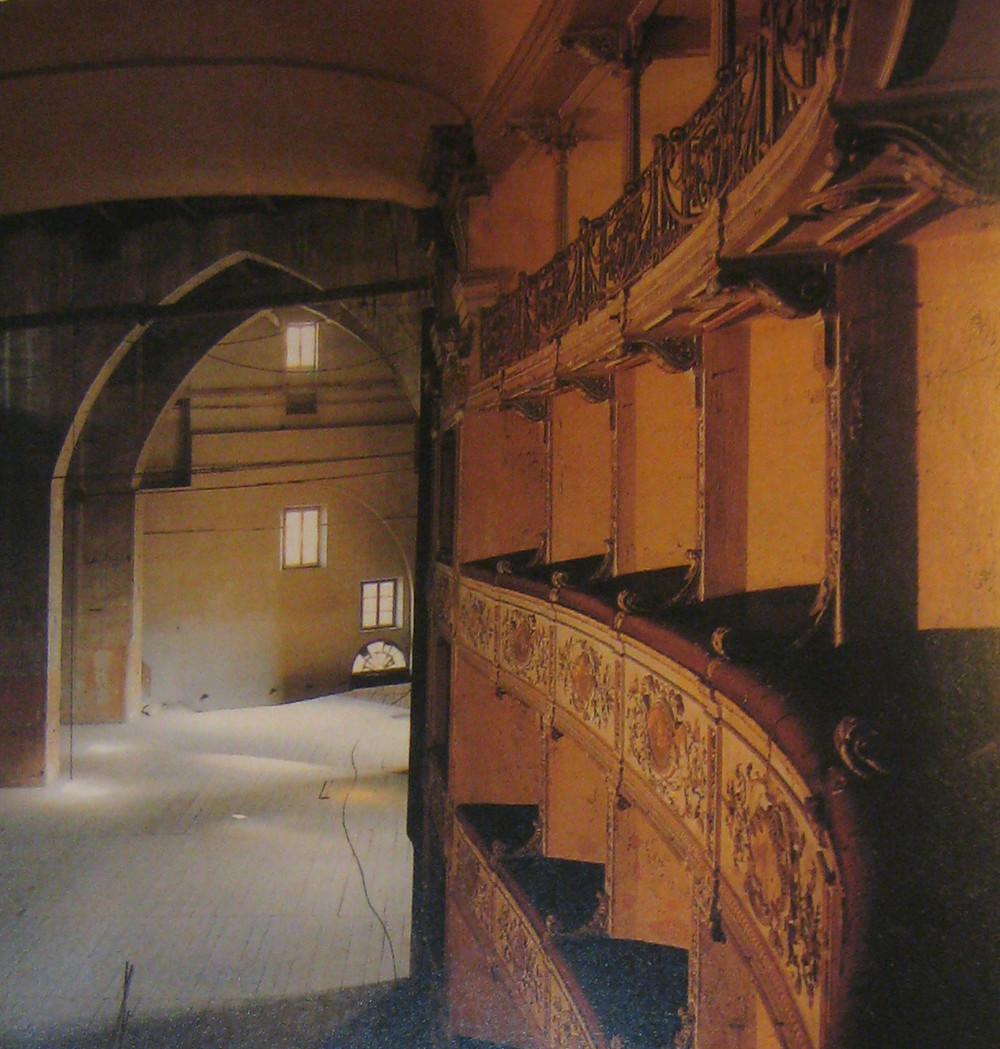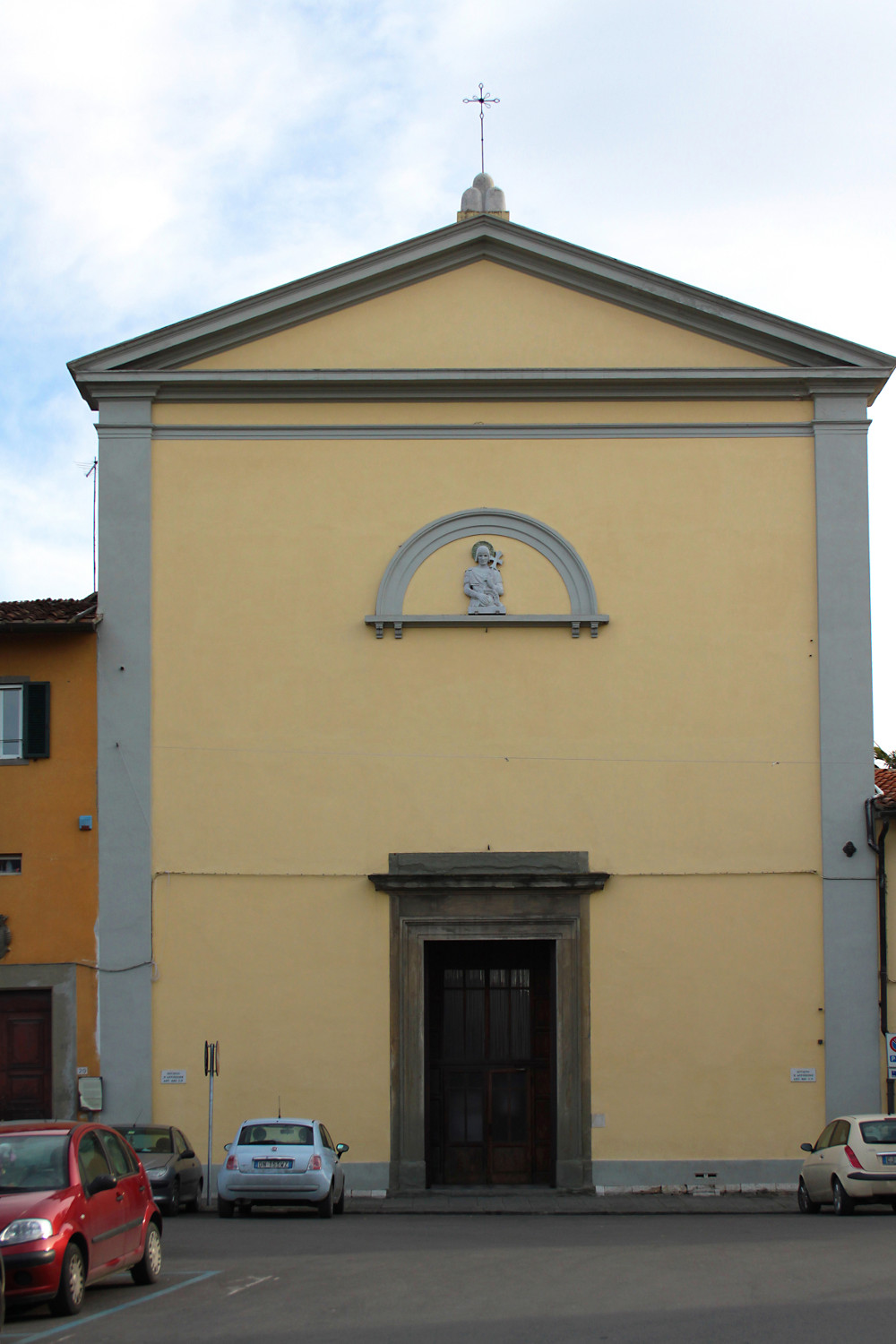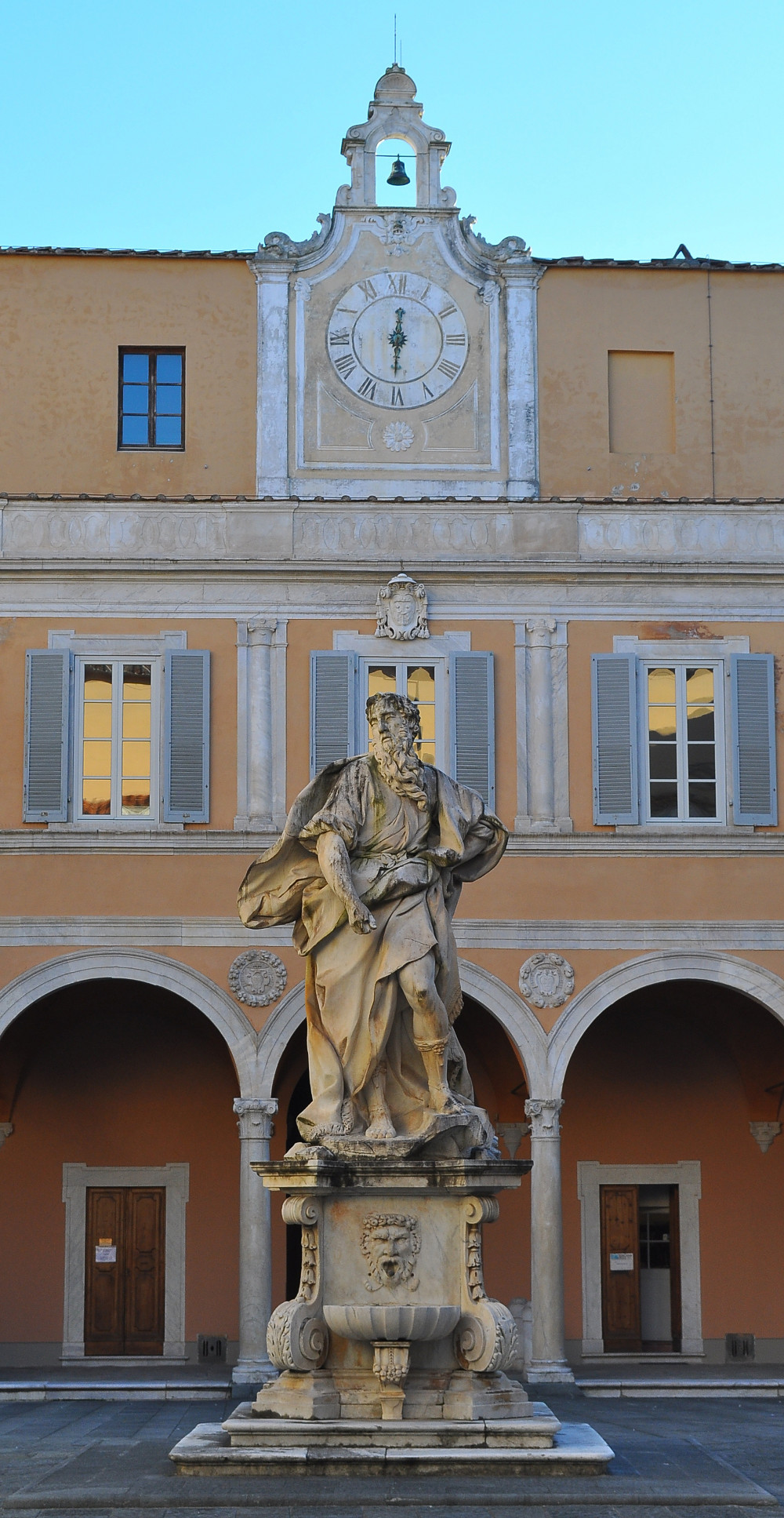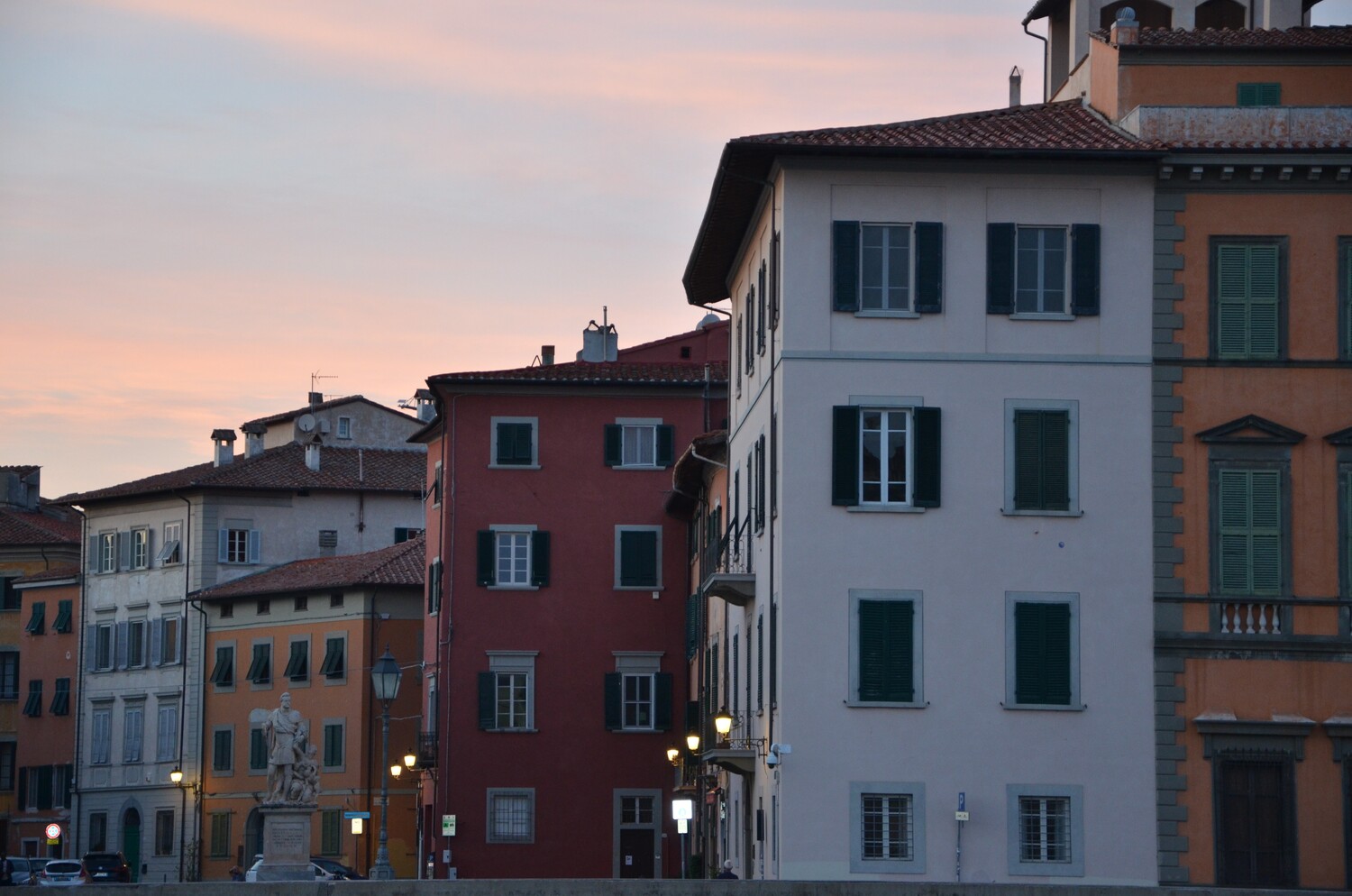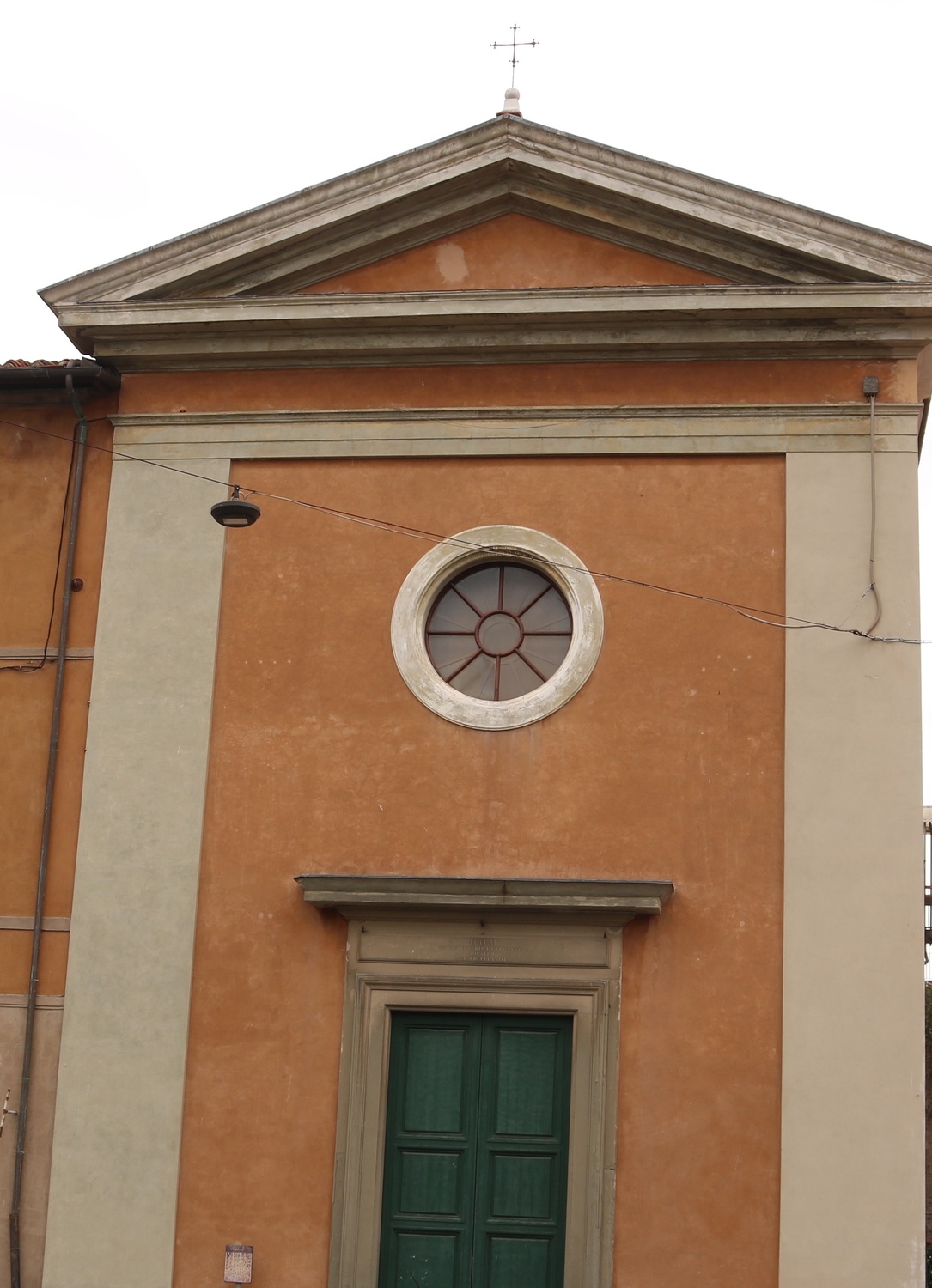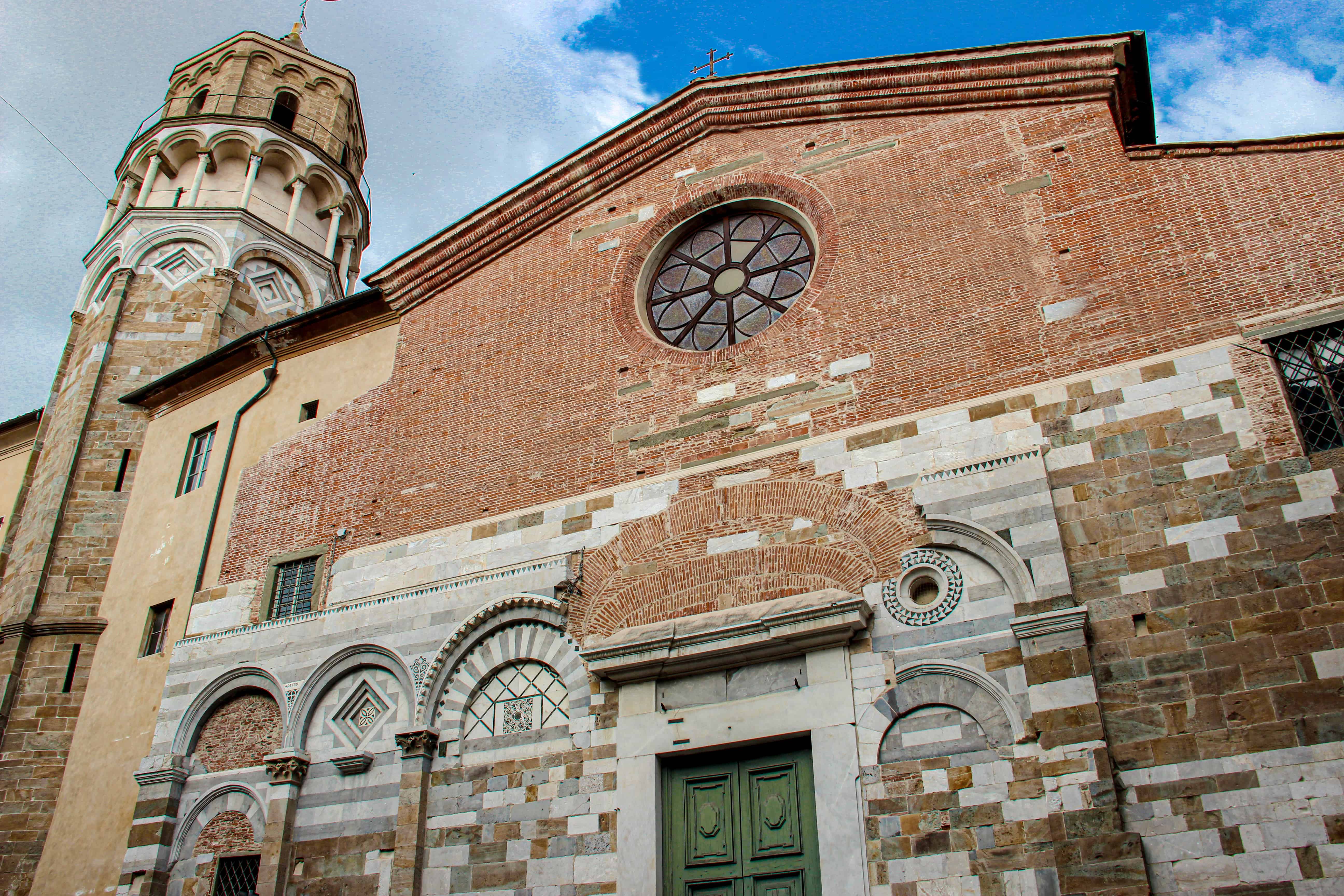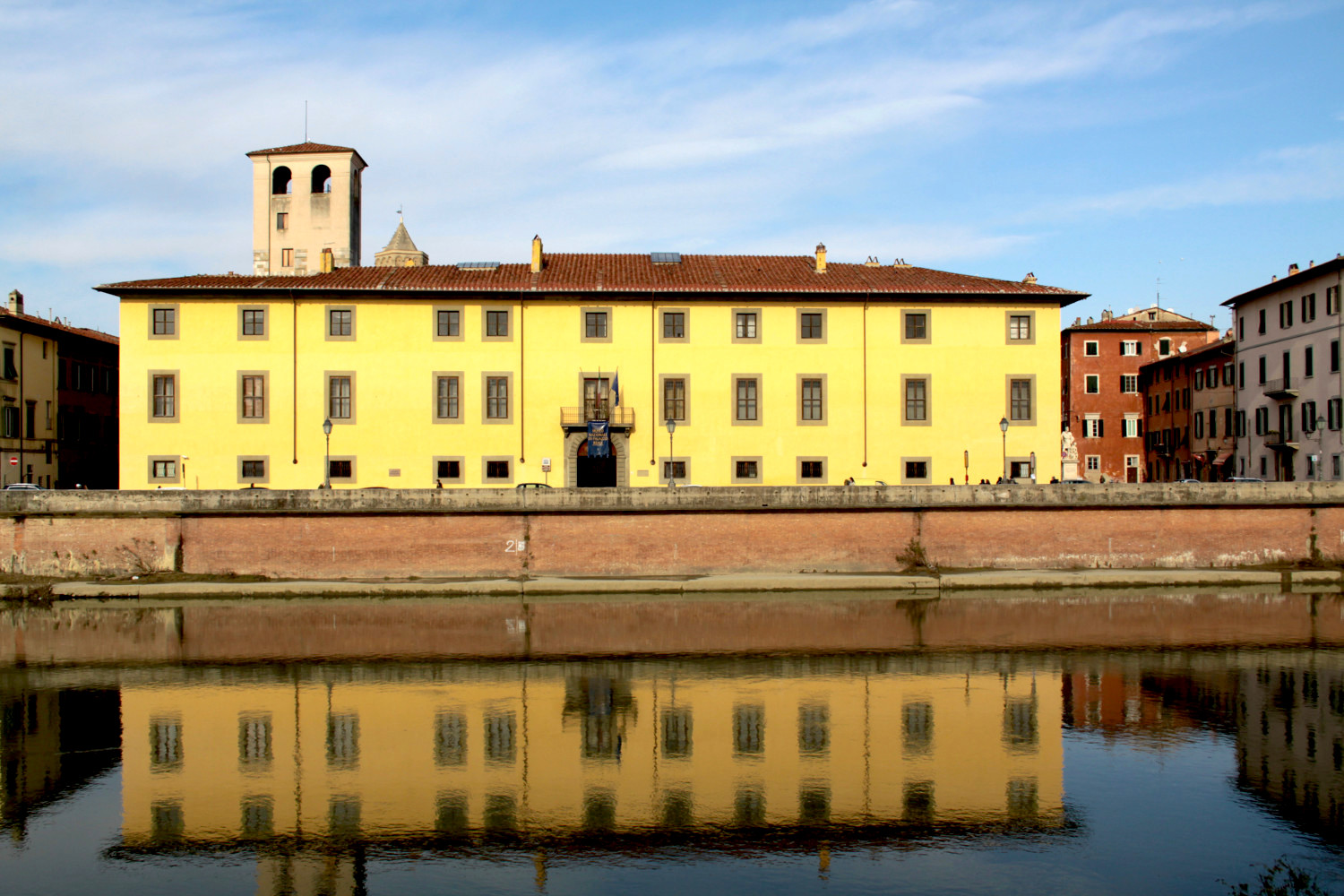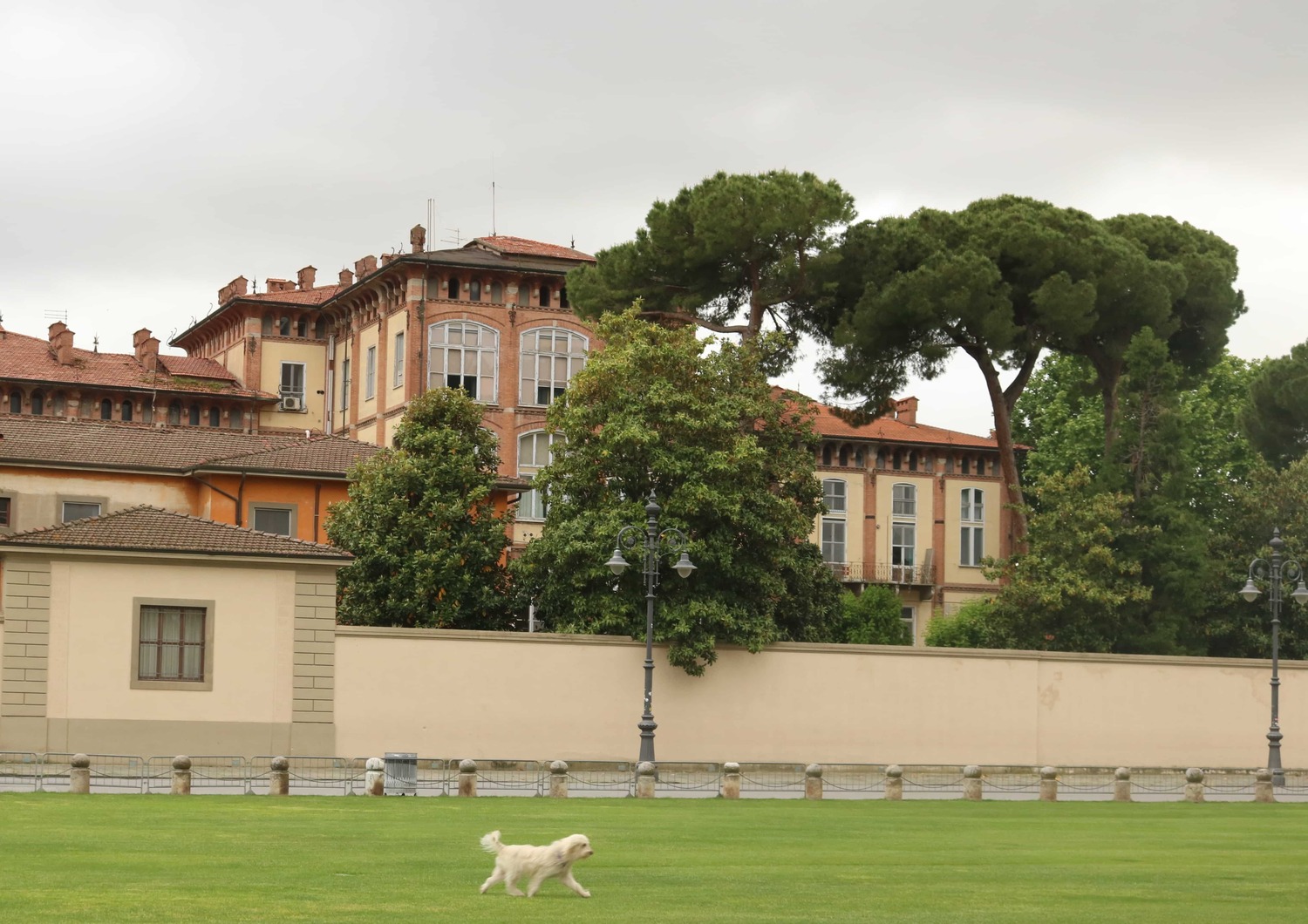Piazza dei Cavalieri
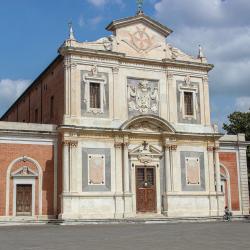
Piazza dei Cavalieri is the result of a huge operation of re-adaptation on the square, ordered by Cosimo I in 1558 and entrusted to Giorgio Vasari. His aim was to give the buildings (constructed, in his words, “in confusione e disordine” “in confusion and disorder”), a more balanced appearance, often by connecting the existing medieval buildings to one another.
The buildings on the square today are palazzo della Carovana (1562-64), the Knights church of St. Stephen (1565-69), palazzo della Canonica (1566), palazzo del Consiglio dei Dodici (1603), palazzo Puteano (1594-98), the Church of S. Rocco (1575) and palazzo dell’Orologio (1605-8). A statue of Cosimo I (1596) by Pietro Francavilla stands in the centre.
During the middle ages, this area was the political and administrative heart of Pisa, in the early middle ages the headquarters of the Longobard gastaldo or Steward who administered the city, and - until the end of the13th century - the site of so many forges that from the 11th century it was known as the “fabbriche maggiori”.
The ironsmiths were a powerful class of craftsmen. With all the workers they employed, they were more numerous than other categories. Their trade was closely linked to shipbuilding, building and the manufacture of arms and objects of daily use. In the late middle ages there was a smaller square here, called piazza delle Sette Vie, because of the seven streets that led from it. On this square, in 1254, Palazzo del Popolo e degli Anziani (now palazzo della Carovana) was built by linking several already existing towers together.
A number of compulsory purchasesand demolitions were carried out in the 1300s to create a large square called Platea Pisani Populi, where public executions were also held.

